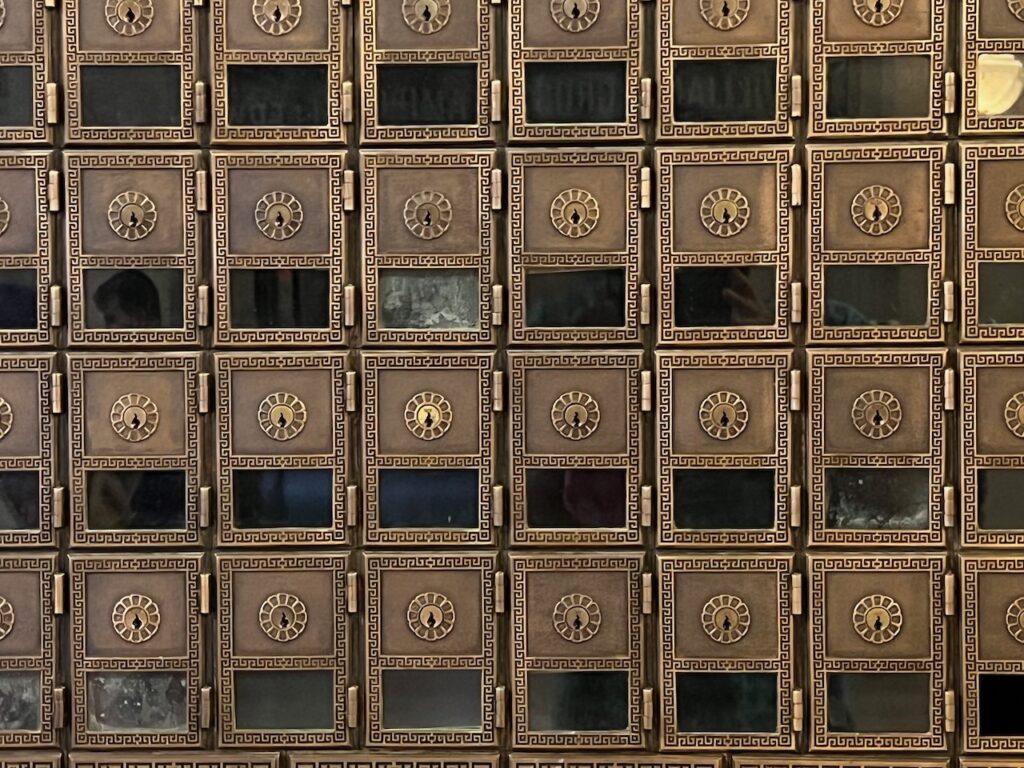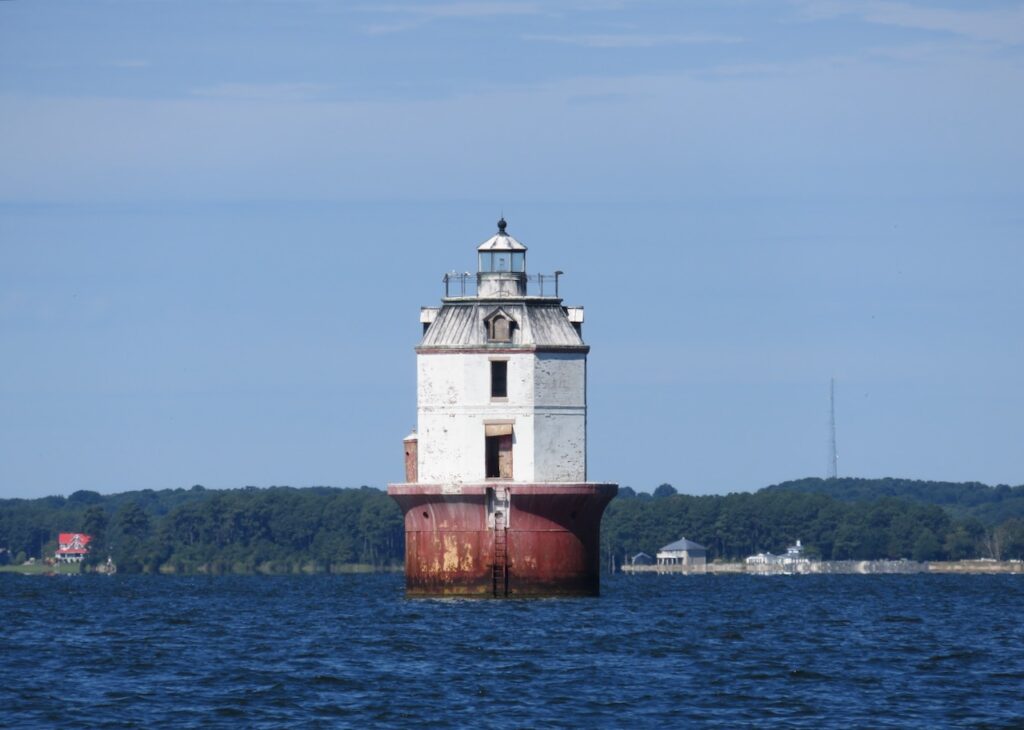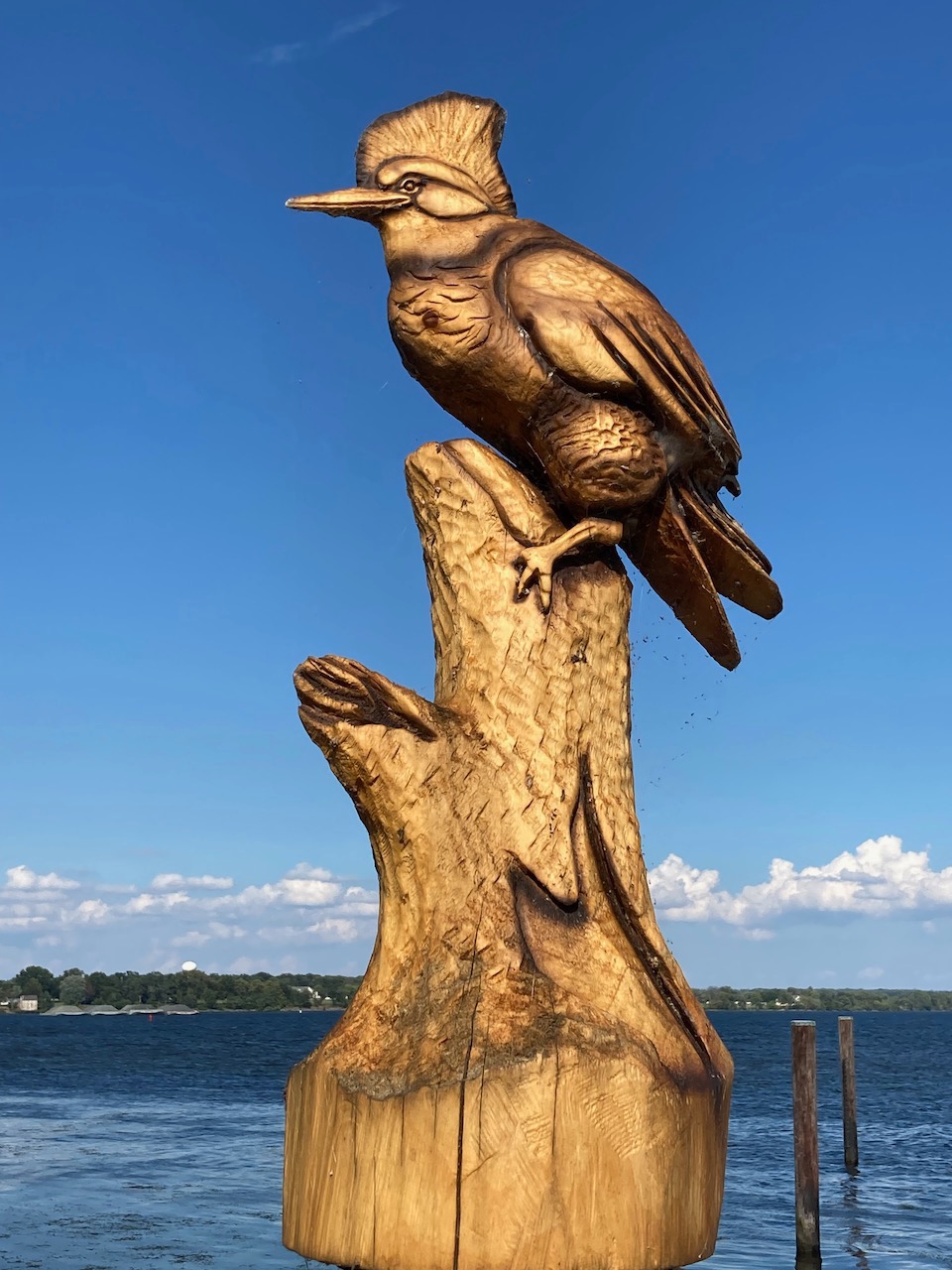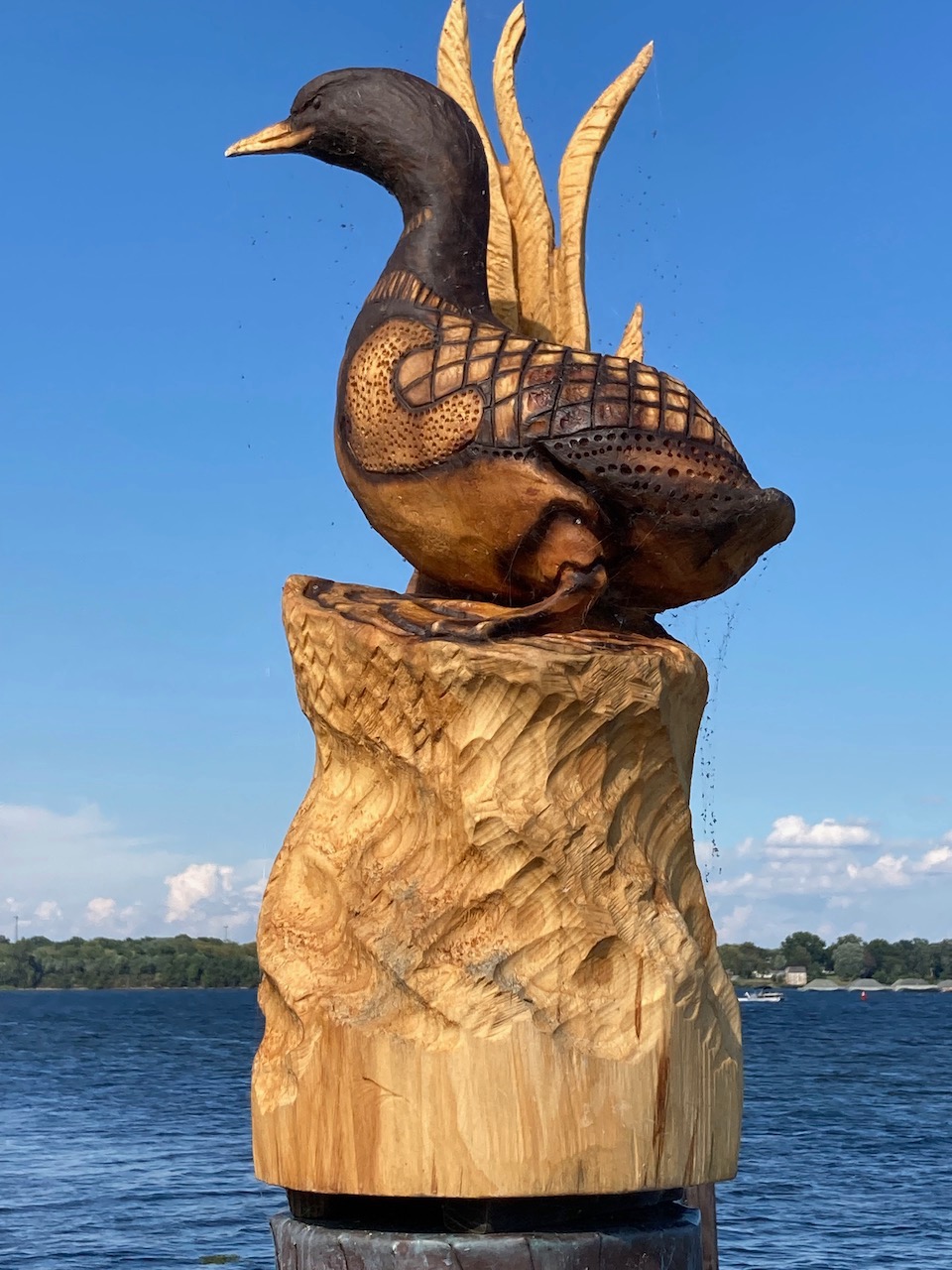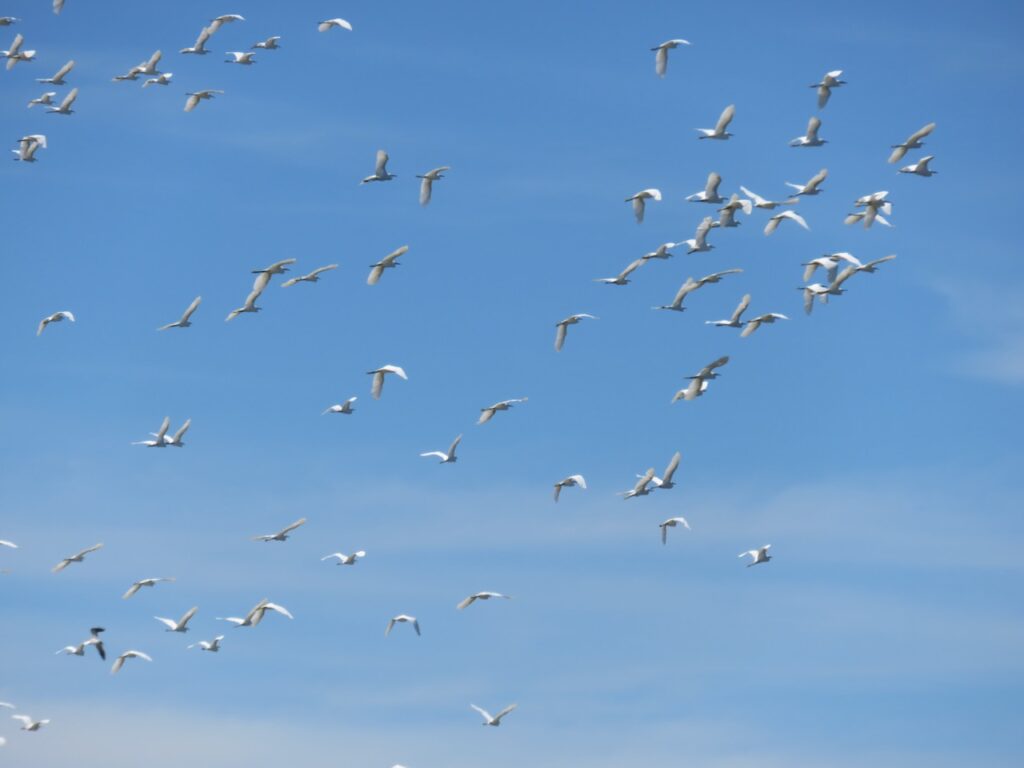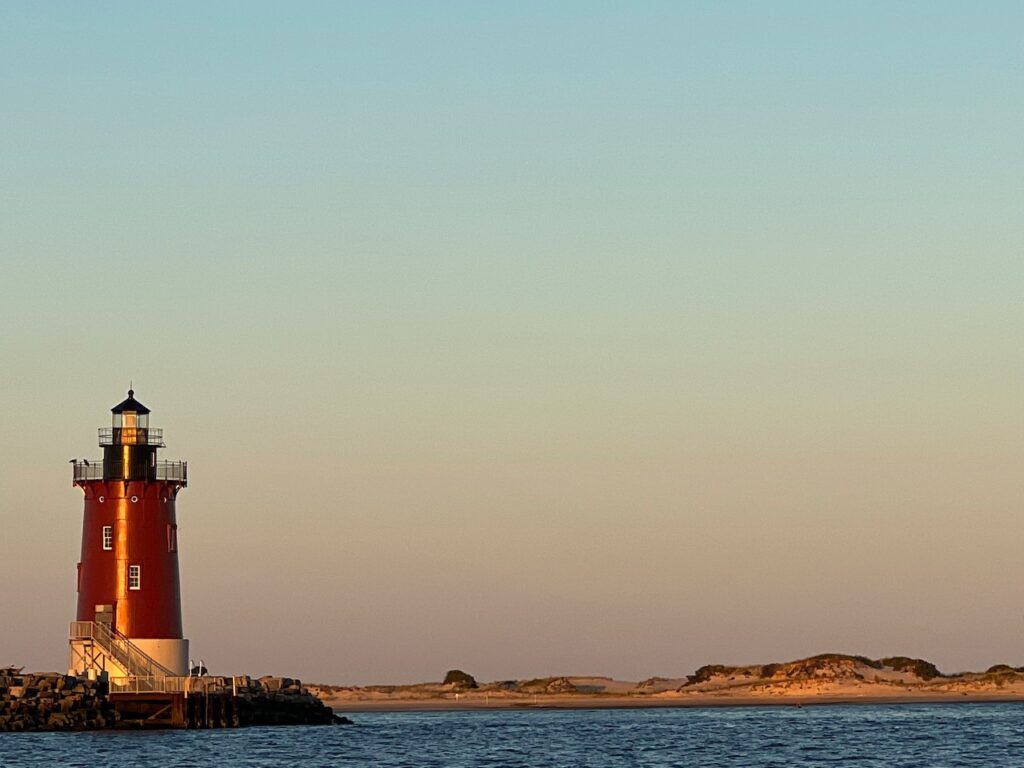- Tacking Up the Bay
We had a loosely defined plan to spend the month of August in the Chesapeake Bay and sought travel guidance from one of the famous, local Great Loop Forum voices. He was kind enough to send a synopsis with more suggestions than we could possibly visit in a month! At the bottom of his list was a challenge; he awards accolades for the most Chesapeake Bay stops in a season. We decided to enter the ring.
Our itinerary included secluded creek anchorages with no way to go ashore, tiny towns which are no more and Maryland boating meccas as well as the more famous places which deserve (and will get) their own posts. We are at 22 stops in the contest and have another 3 or 4 planned… stay tuned!😉
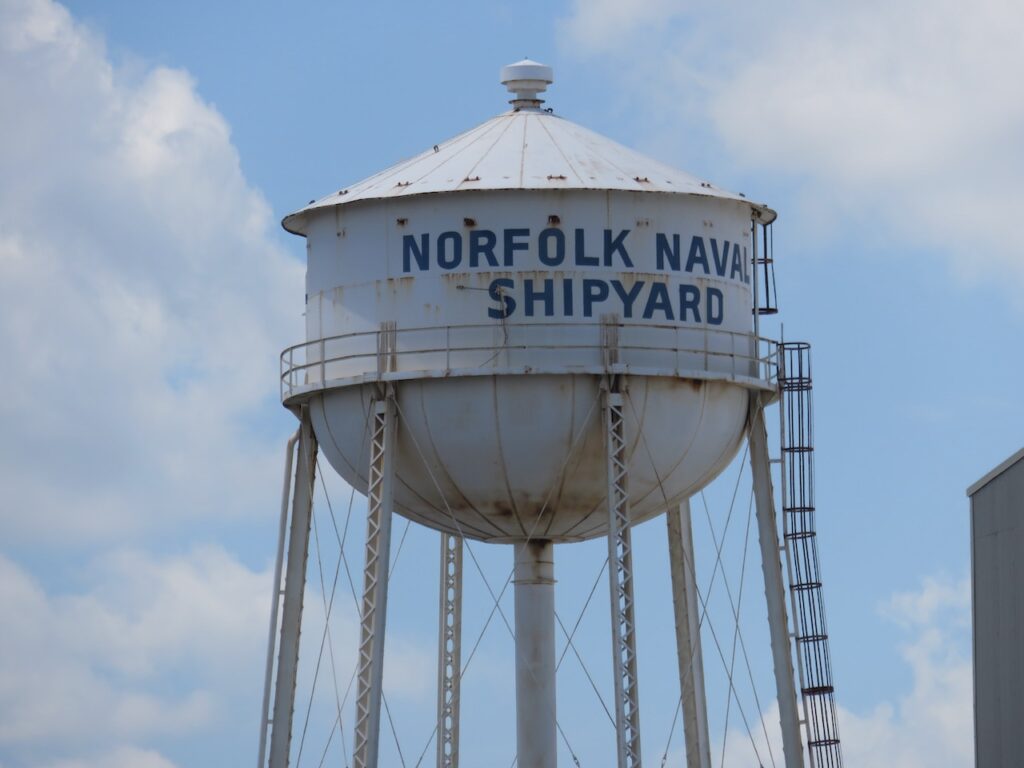
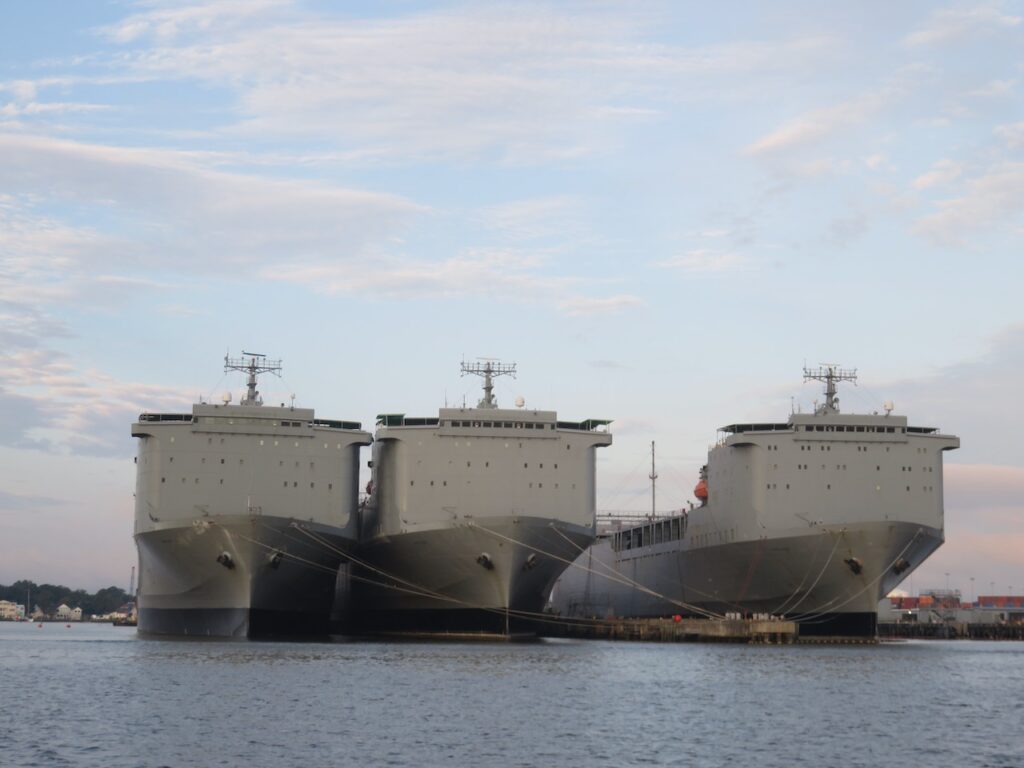
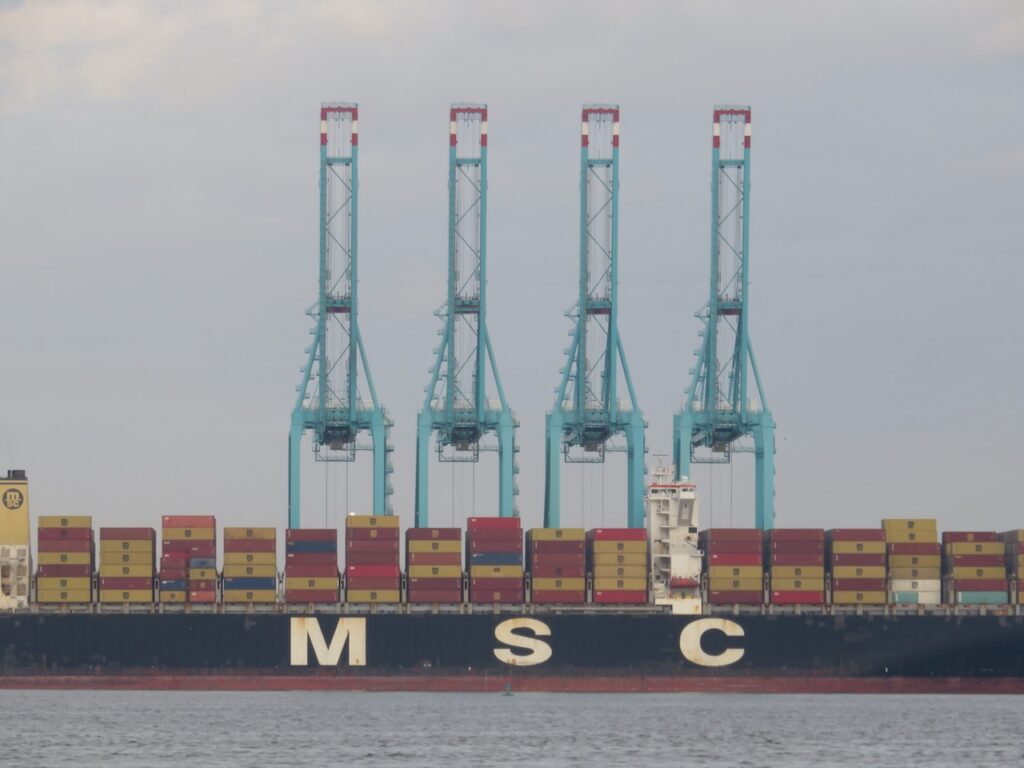

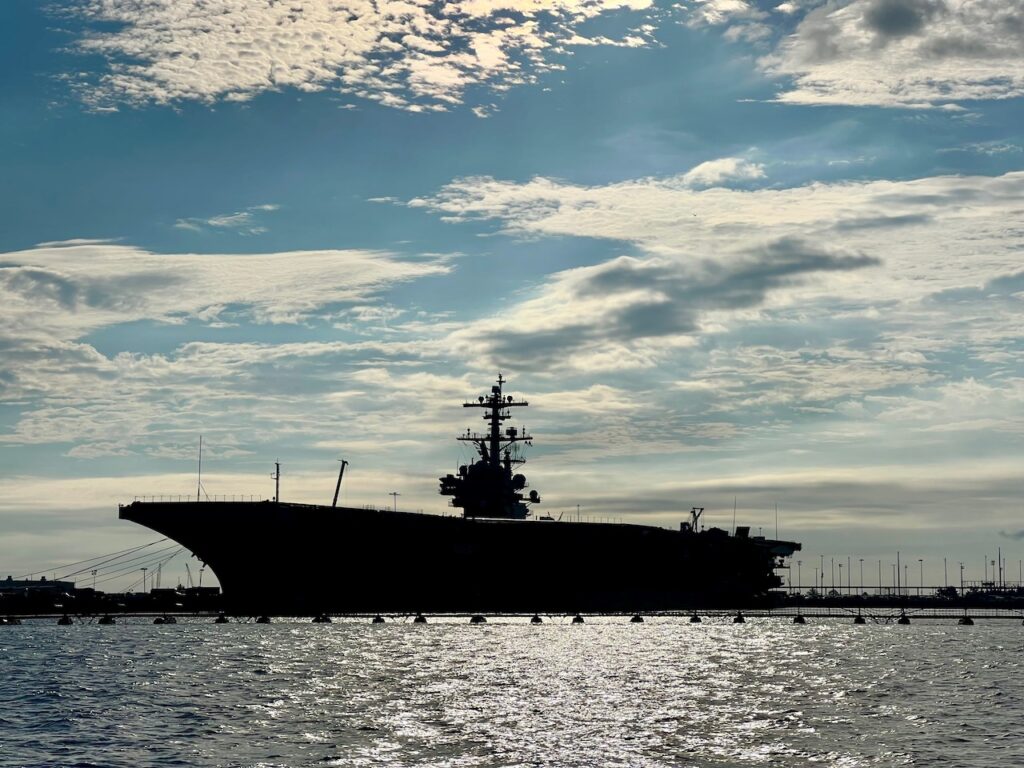
After the Dismal Swamp Canal, the scale and shear number of HUGE ships in Norfolk was hard to wrap your arms around. We traveled for over an hour through an alley of military vessels that were either in dry-dock being repaired or seemingly waiting for their turn. But Norfolk was the beginning of the Chesapeake so we were happy to pin this location!
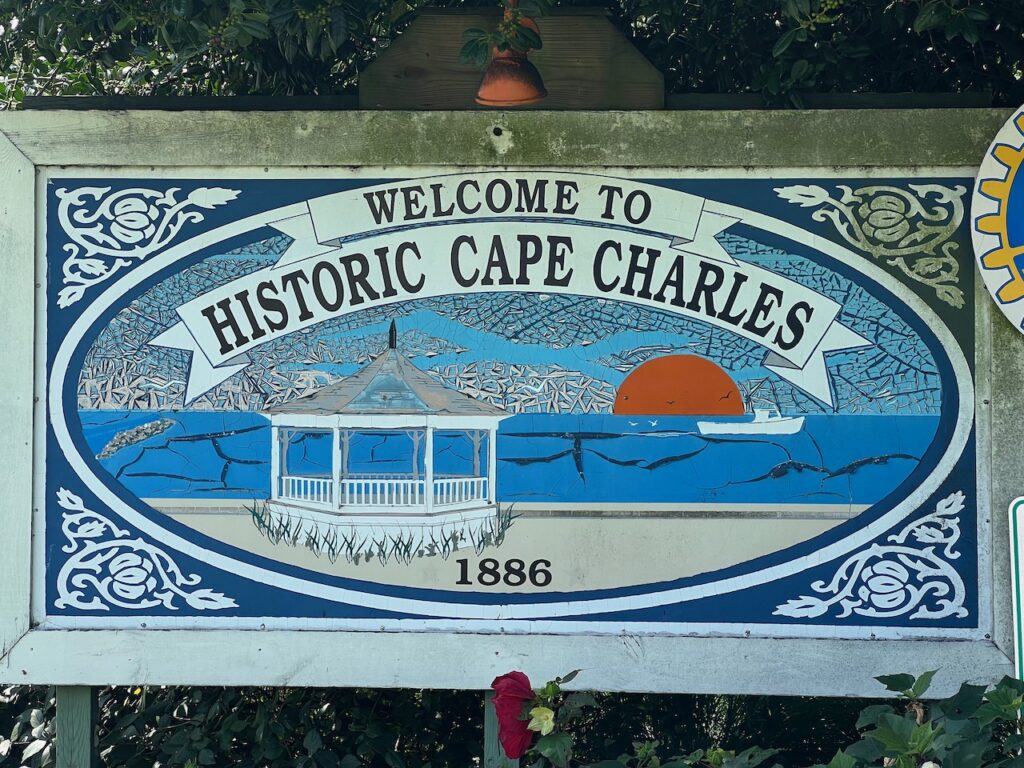
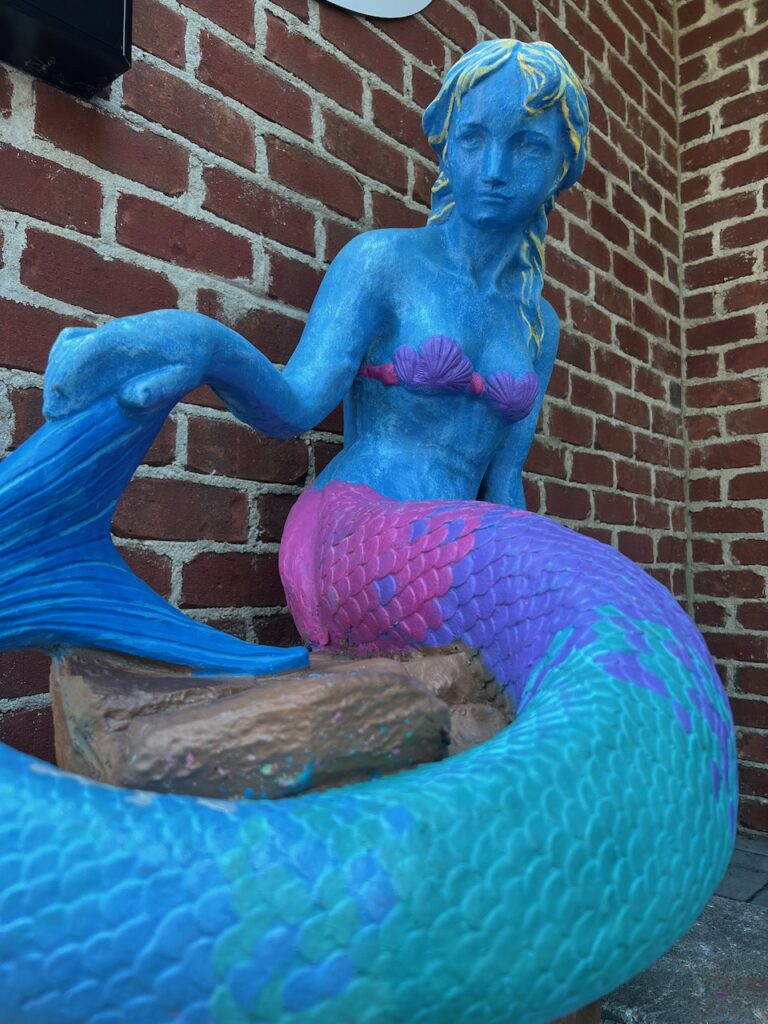
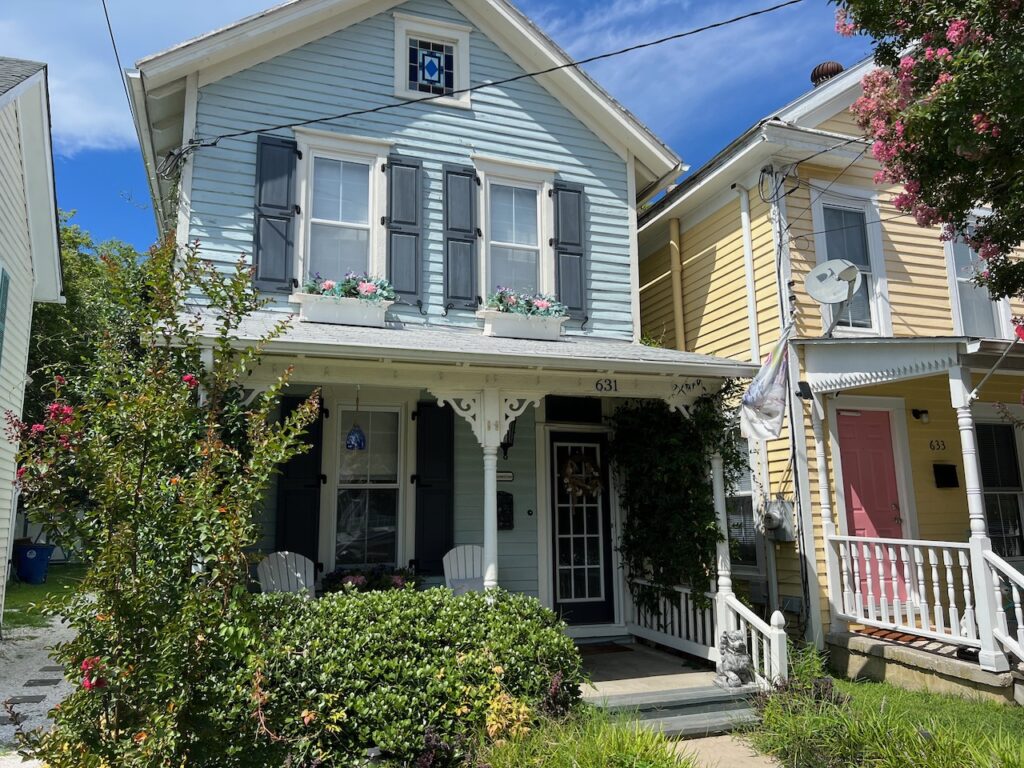

Cape Charles was our first visit to the Delmarva peninsula as the tadpole-shaped land which separates the Chesapeake proper and the Atlantic Ocean is called. The streets of Cape Charles were lined with vacation rental properties and the beach was filled with families. It was also where we had the first of our gazillion visits to a city’s history museum.
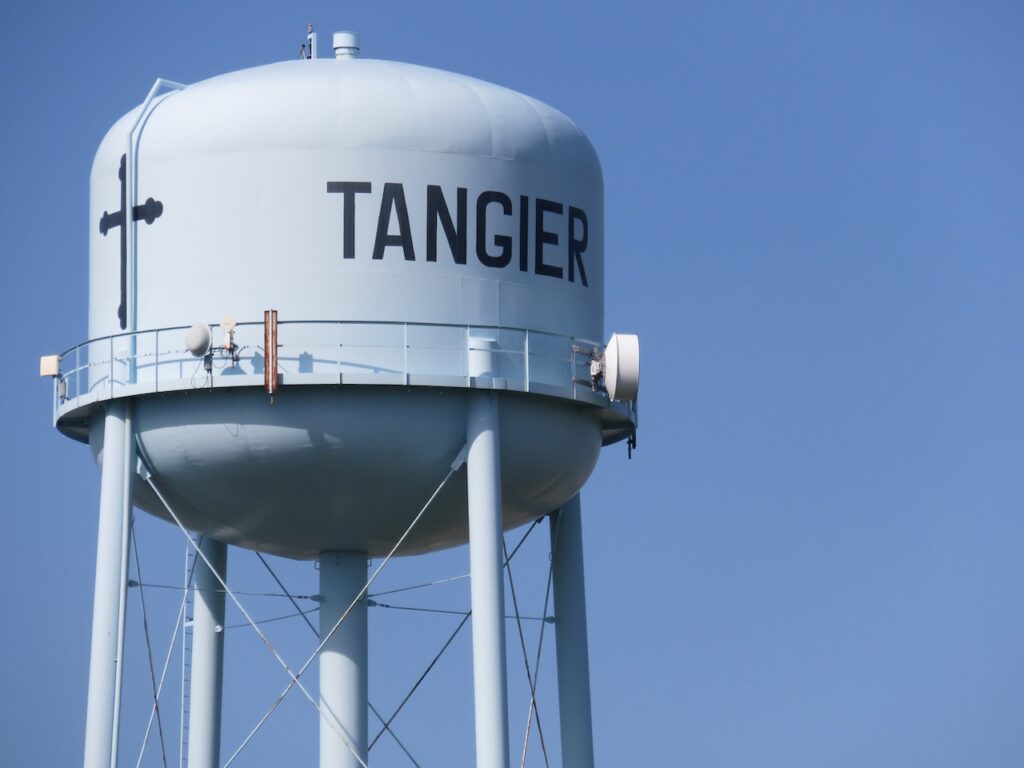
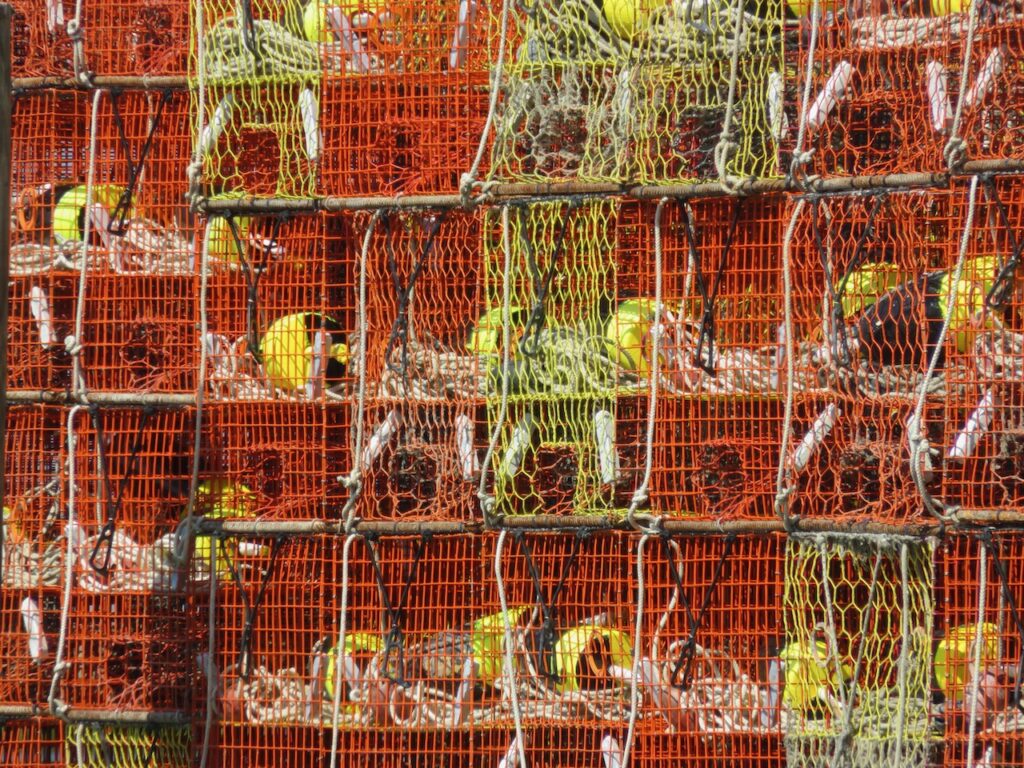
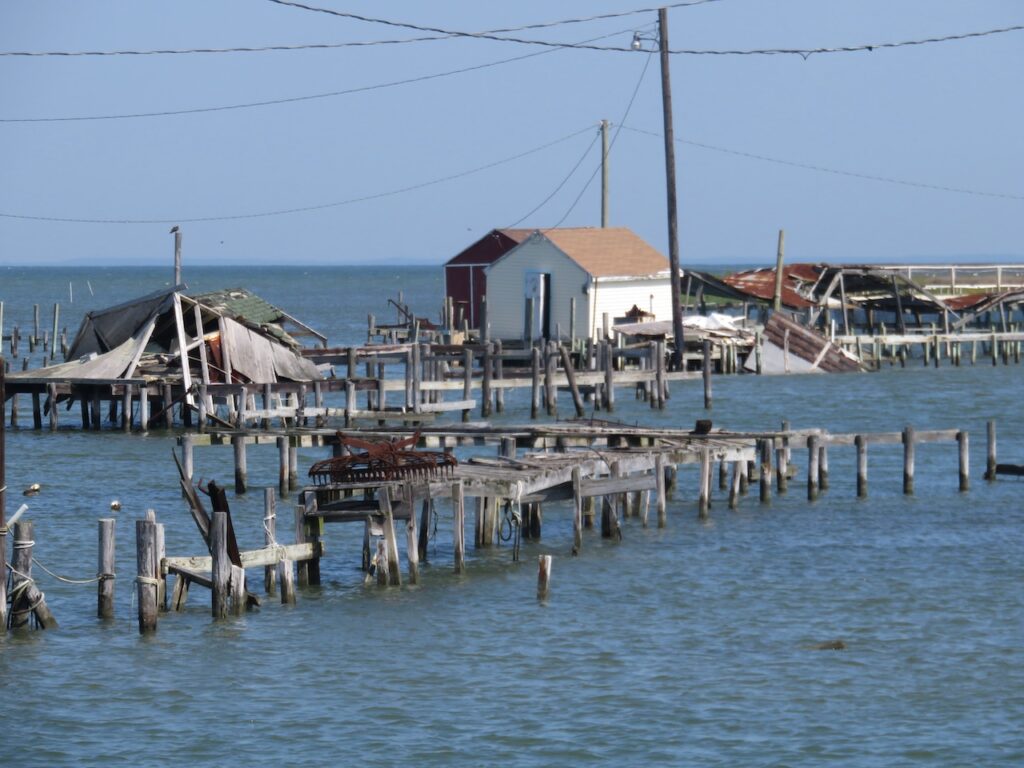
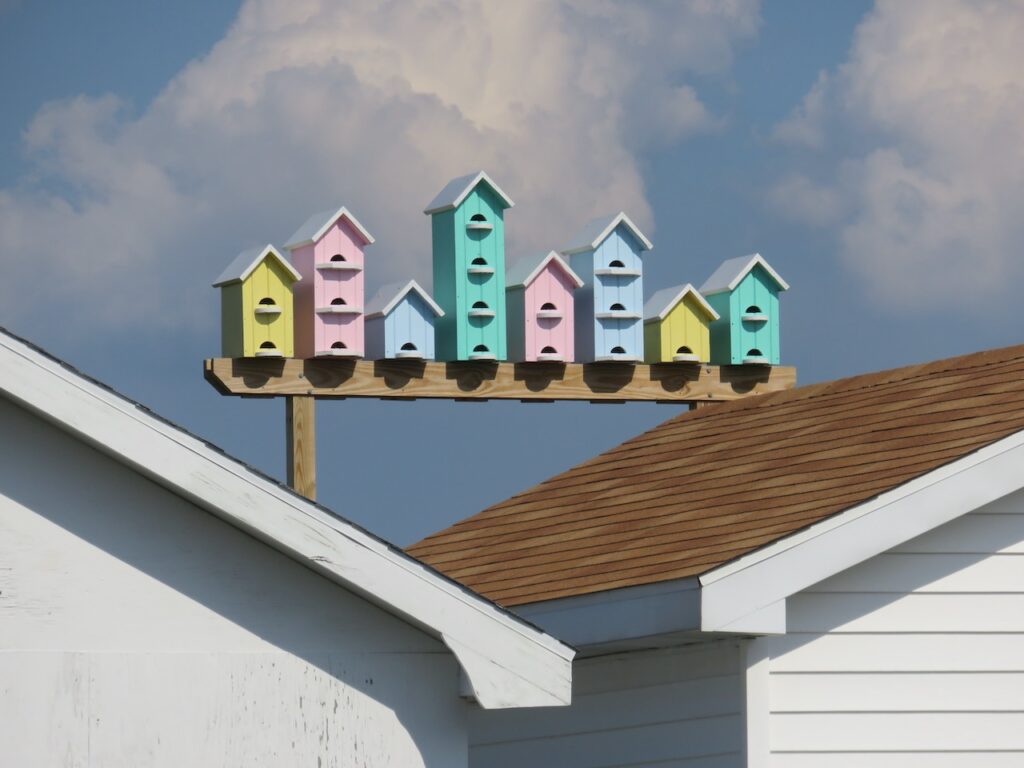

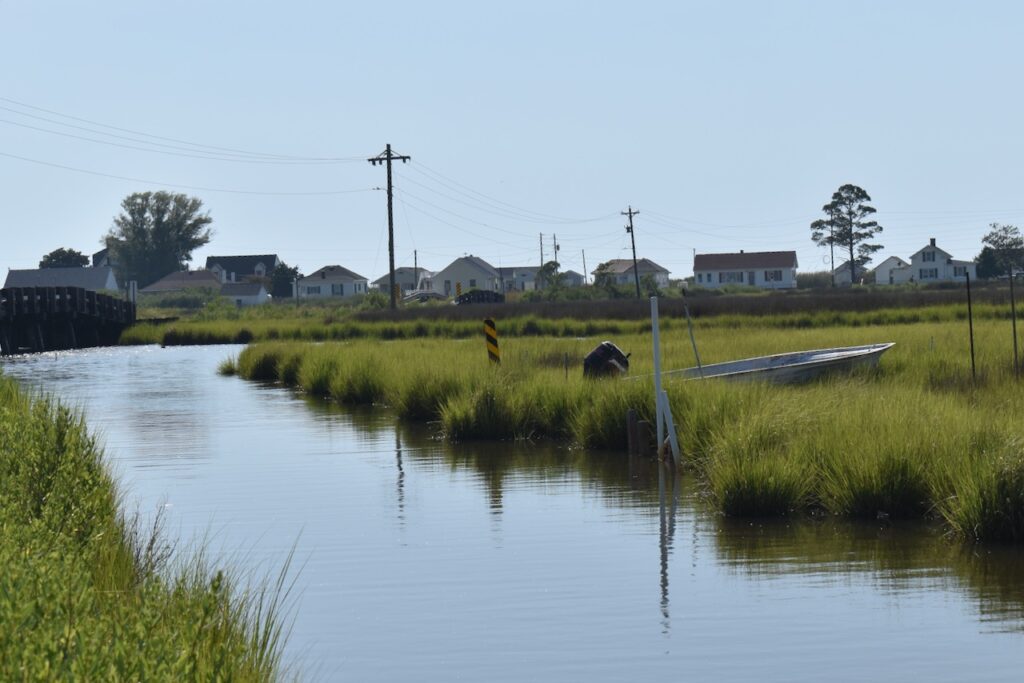

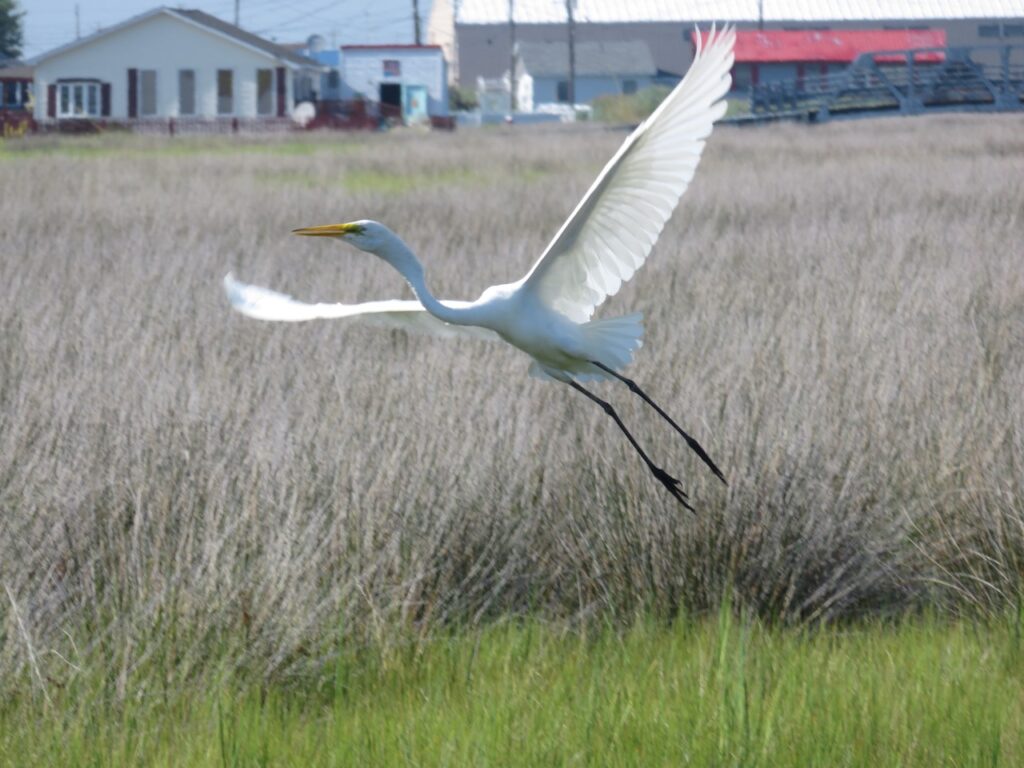
Tangier Island, Virginia is a working town, not a tourist destination. We thought it beautiful in its honesty and authenticity; we loved it like we love Menemsha or places we have been in northern Maine. The sad thing is, though, that it may not be long for this world. Much of the island is marshland which is eroding at an accelerated rate and there are not enough residents to justify the cost of an Army Corps of Engineers intervention. This will be an agonizing dilemma for many coastal places in the coming years…
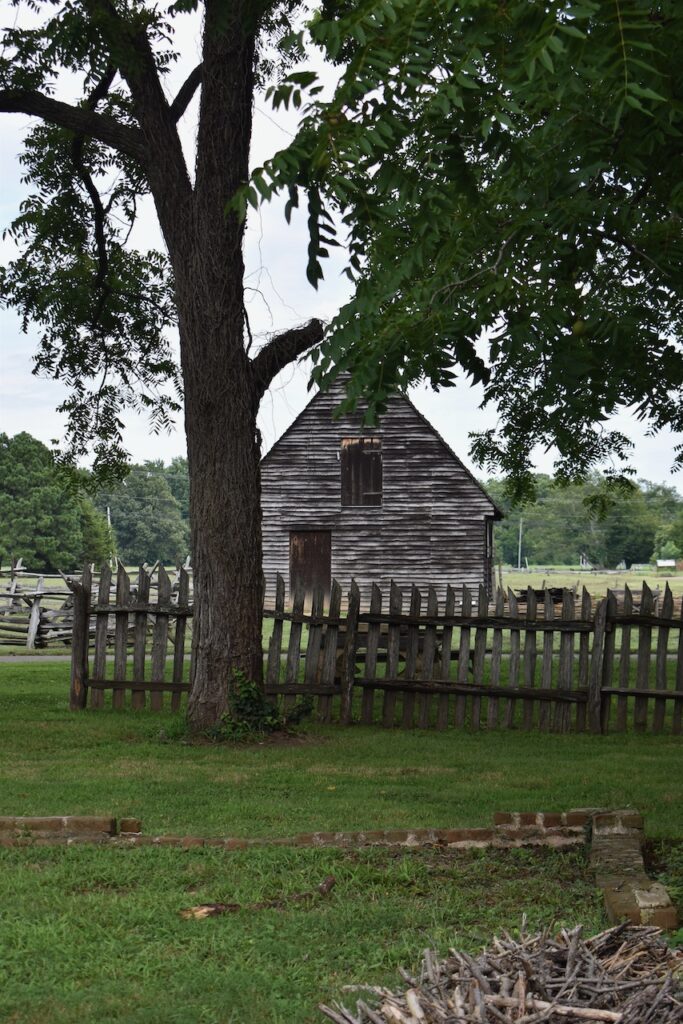

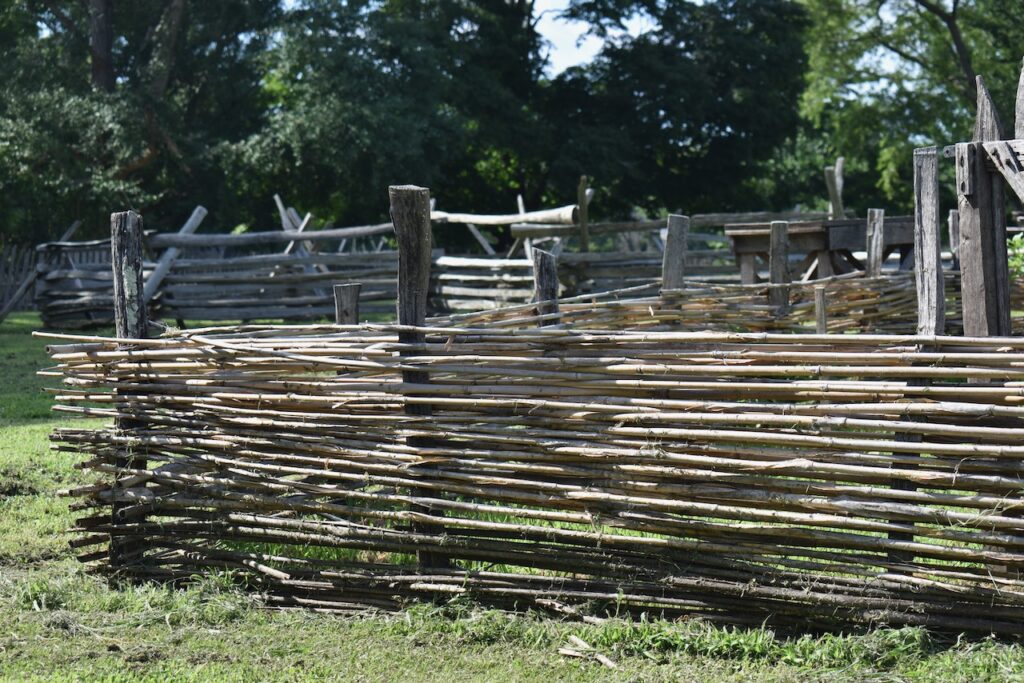
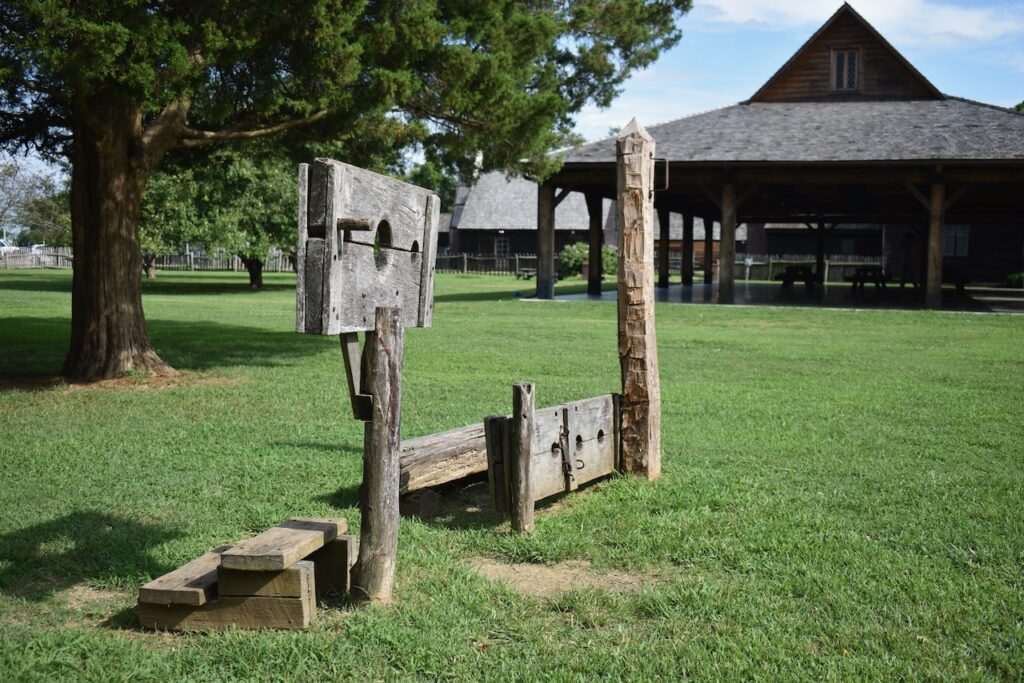
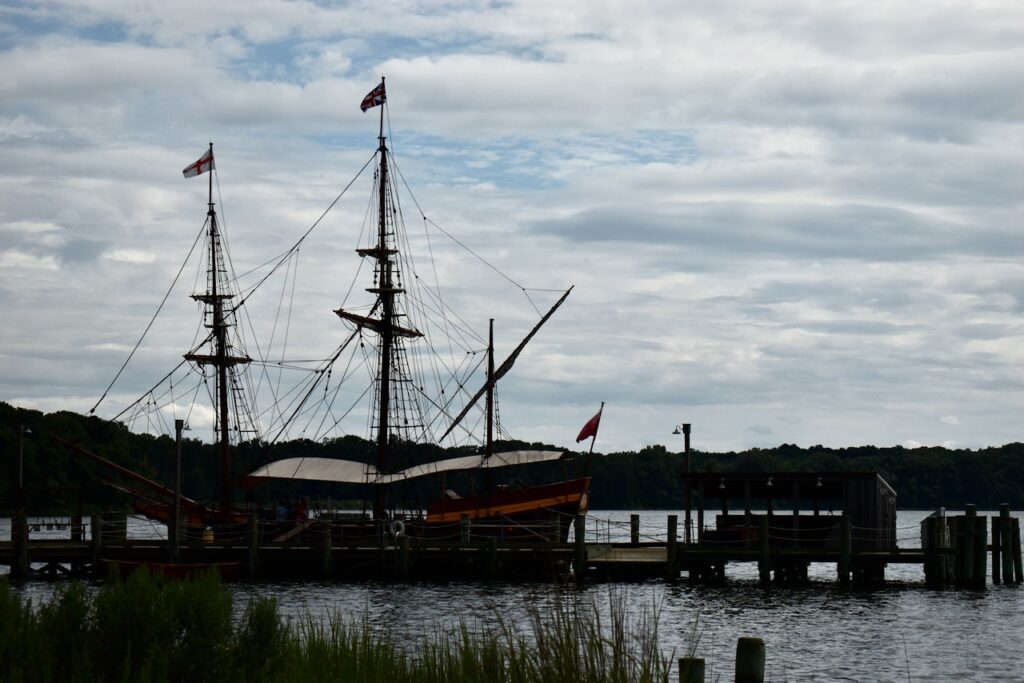
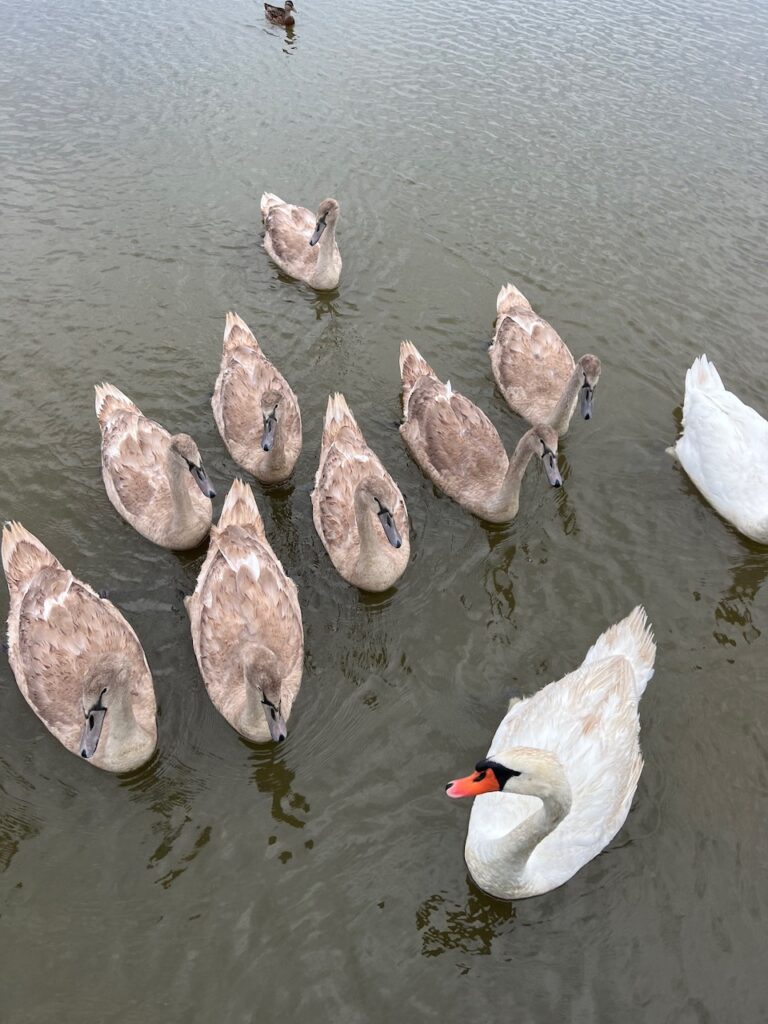
St Mary’s City was the original capital of Maryland. The town more or less disappeared after the state capital was relocated to Annapolis in 1695. There is a very extensive museum village reconstructed from the finds of the active archeological dig on the site of the old city. The museum also has replica of the Dove, the ship which brought the first English settlers to St Mary’s City.
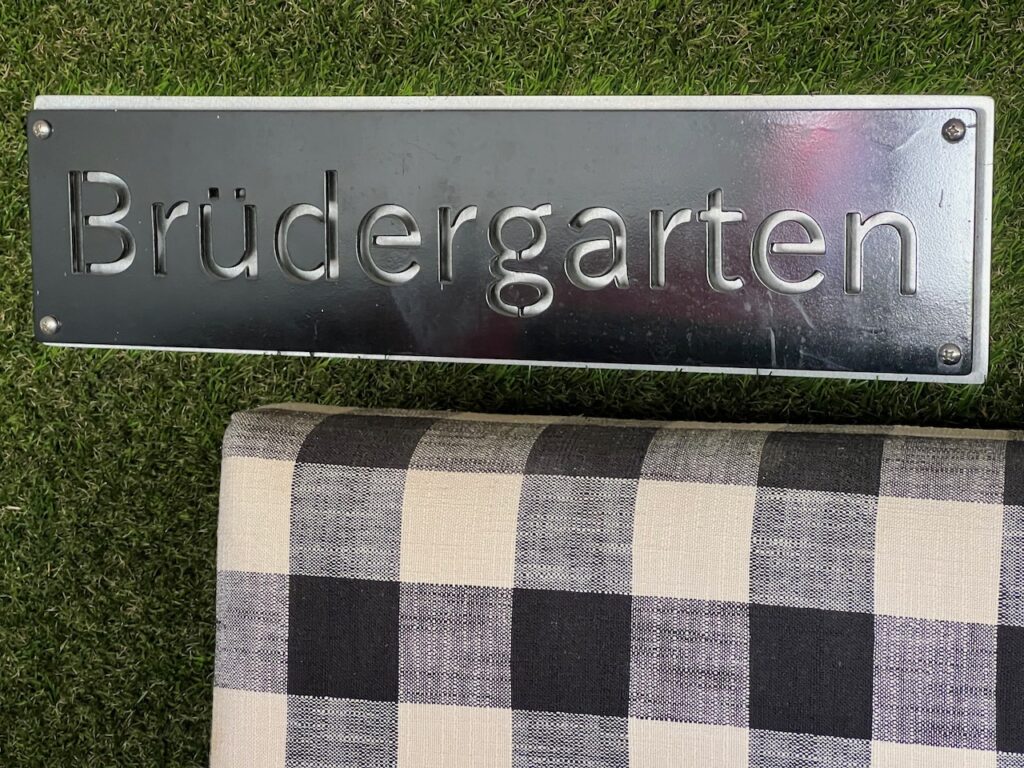
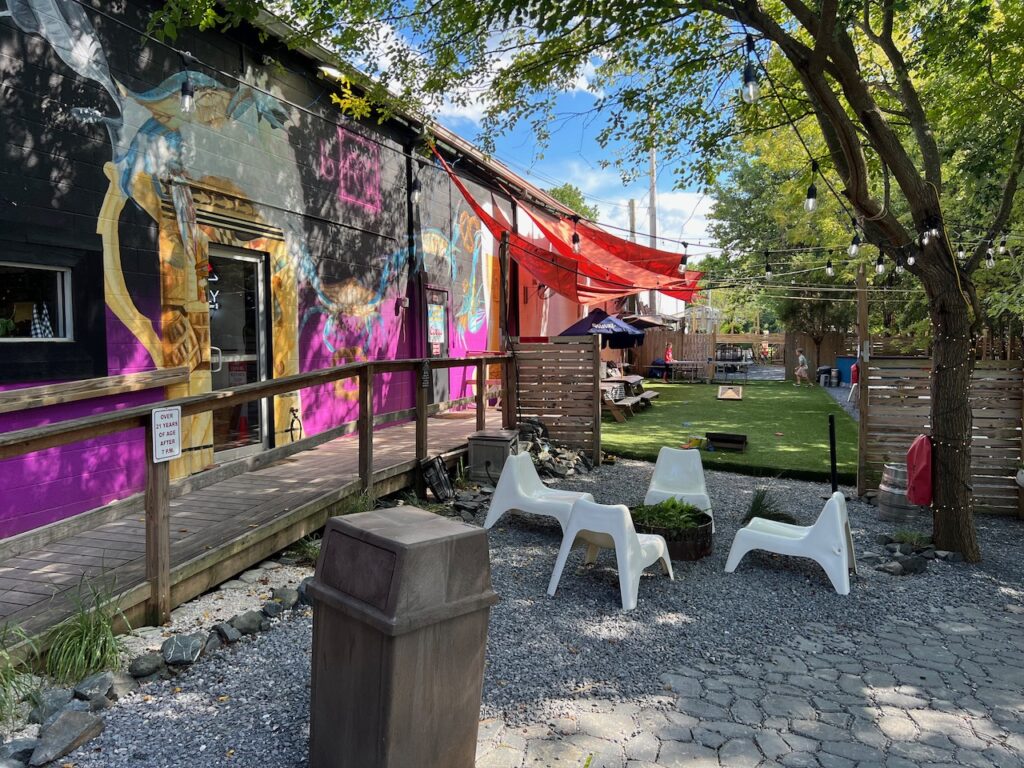
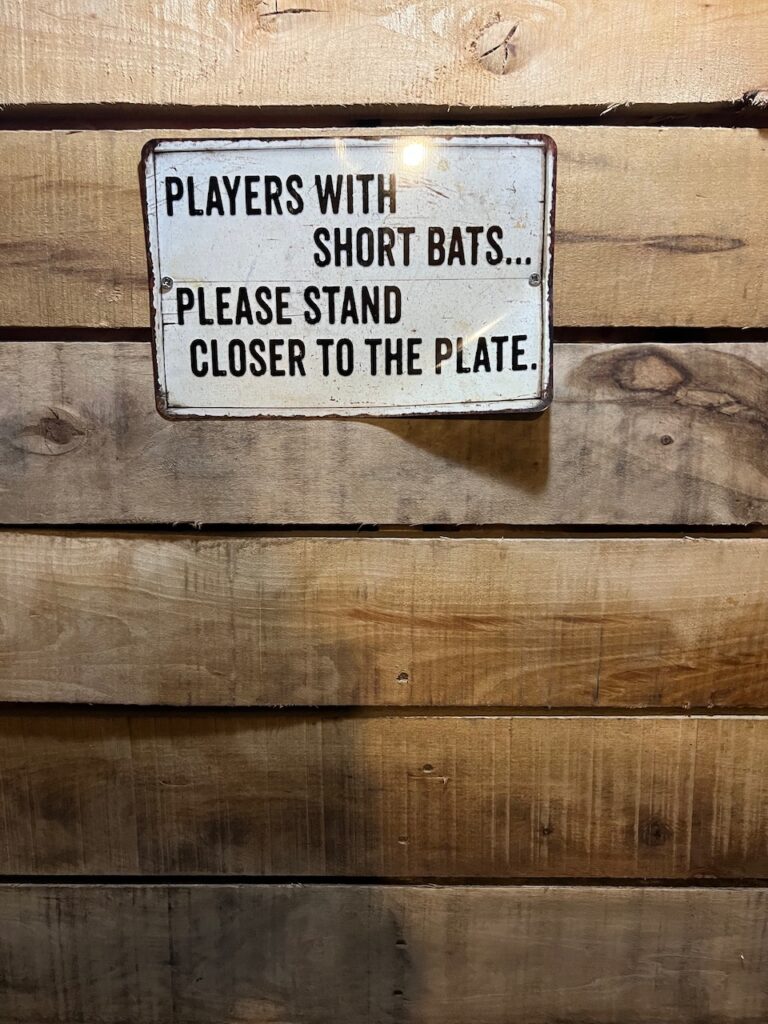
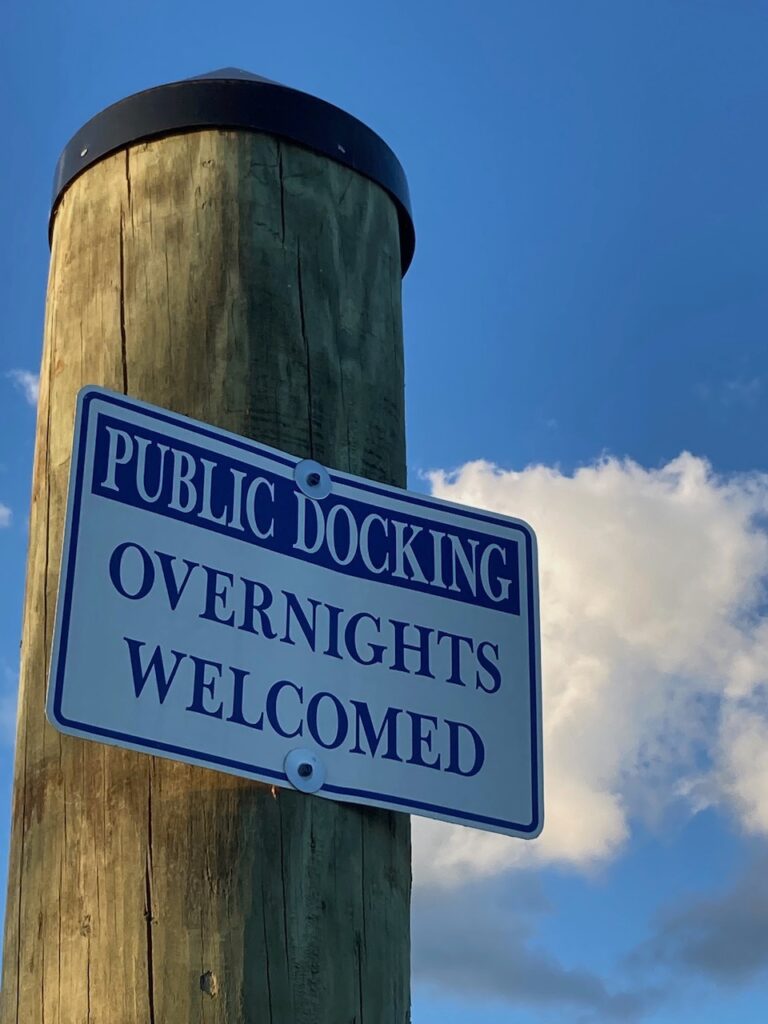
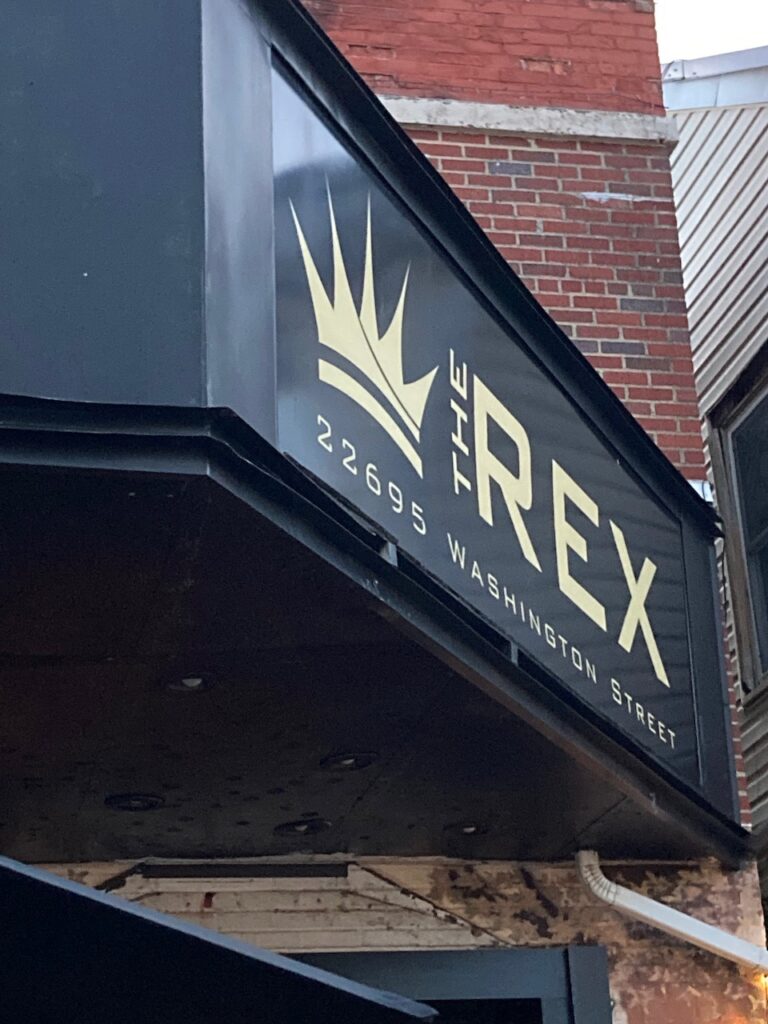
Brüdergarten is not the name of the town, Leonardtown is. We realized we missed it before hitting St Mary’s City so we had to backtrack as this is one of our favorite Maryland towns. We have been frequent visitors to the Annapolis Sailboat Show and used our time after the show to explore the area. Leonardtown was one of the best: welcoming, good food and a sense of humor.
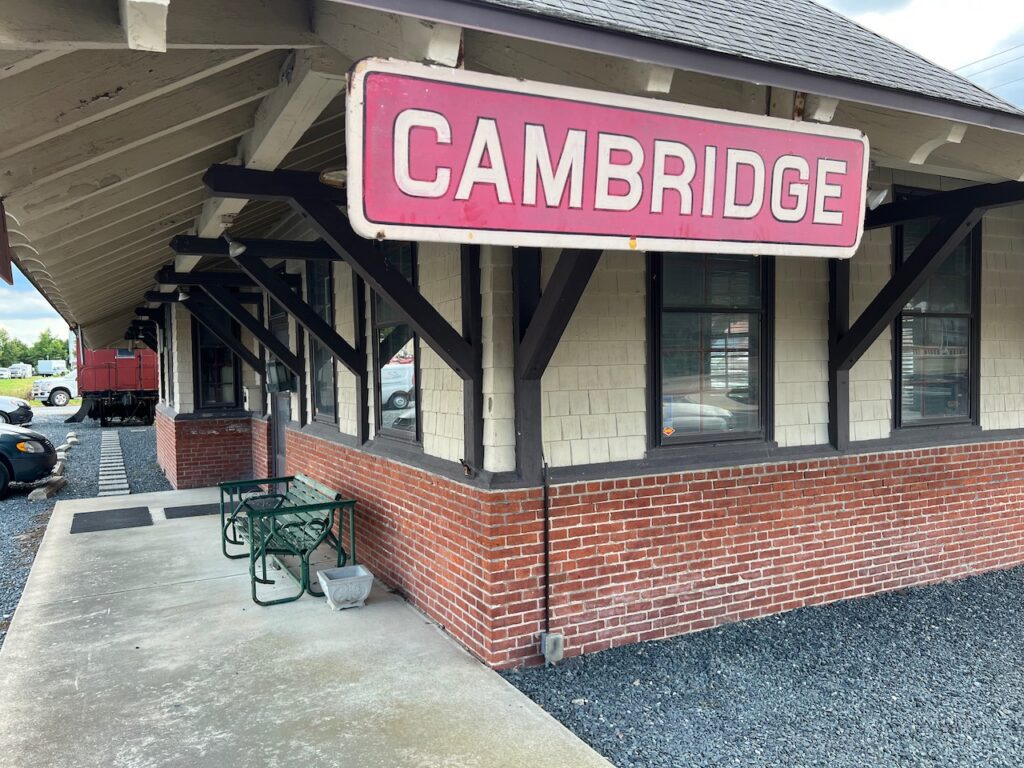

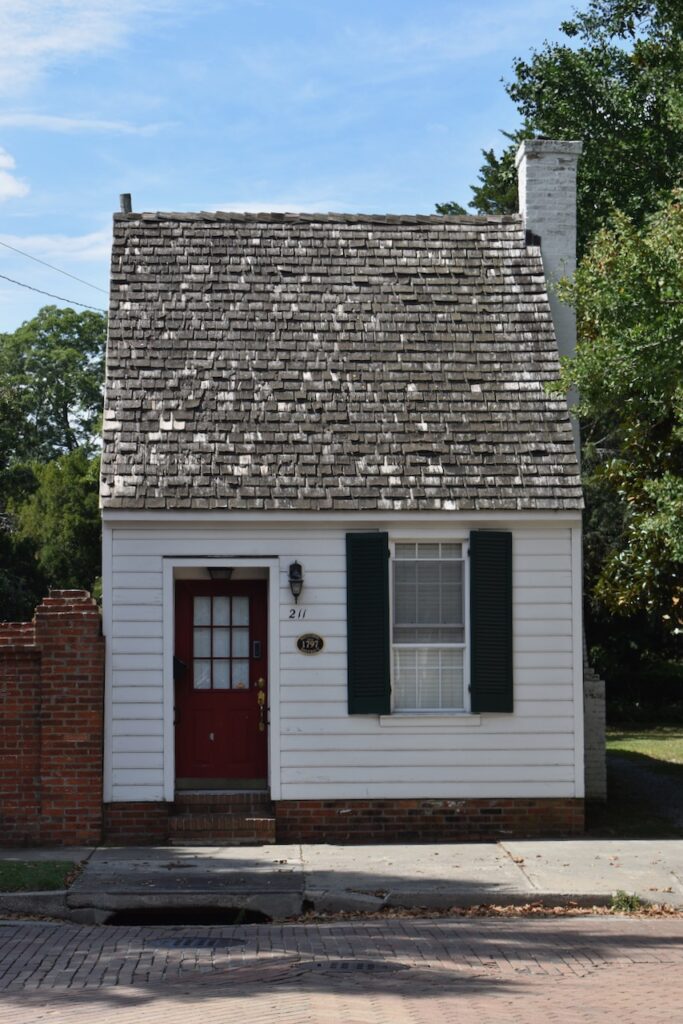

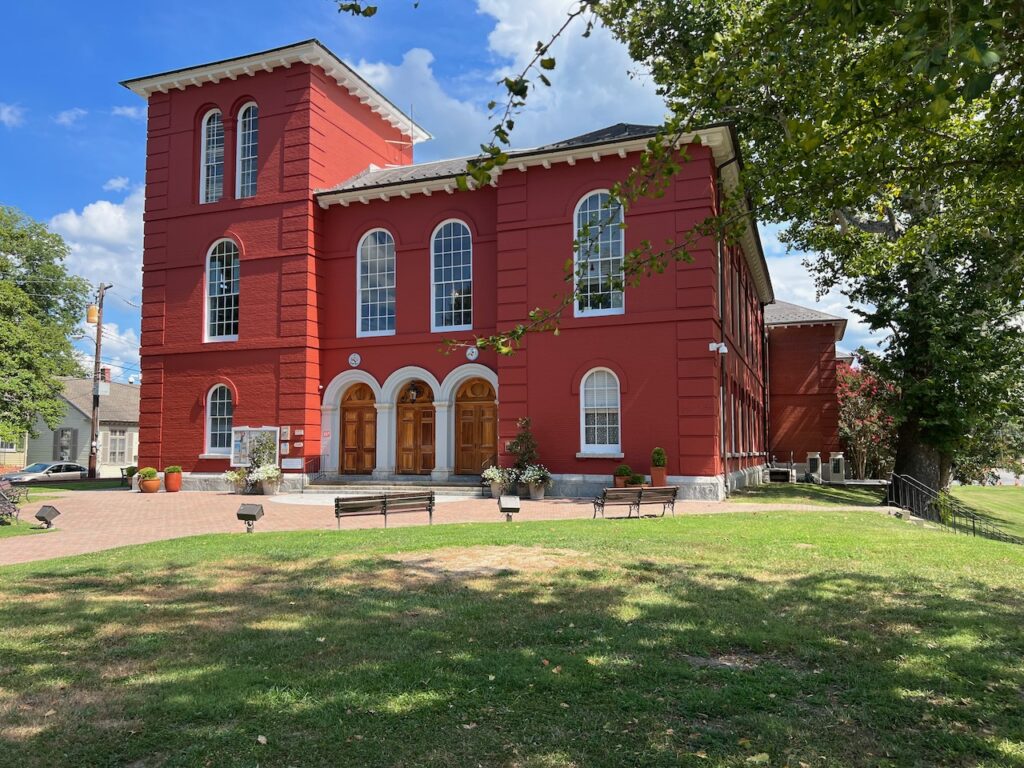
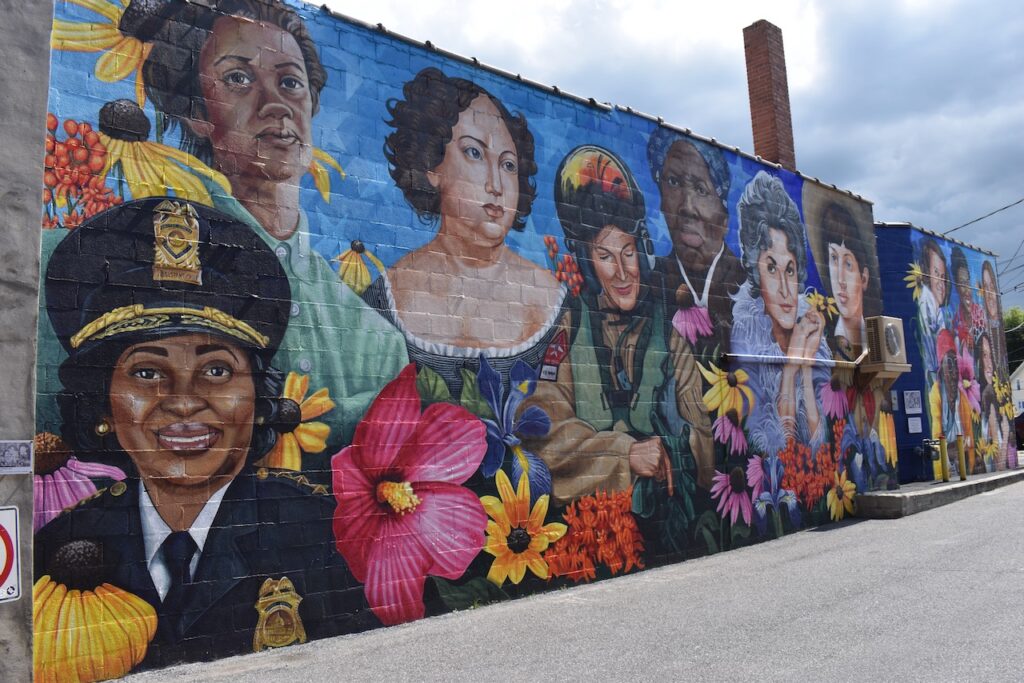
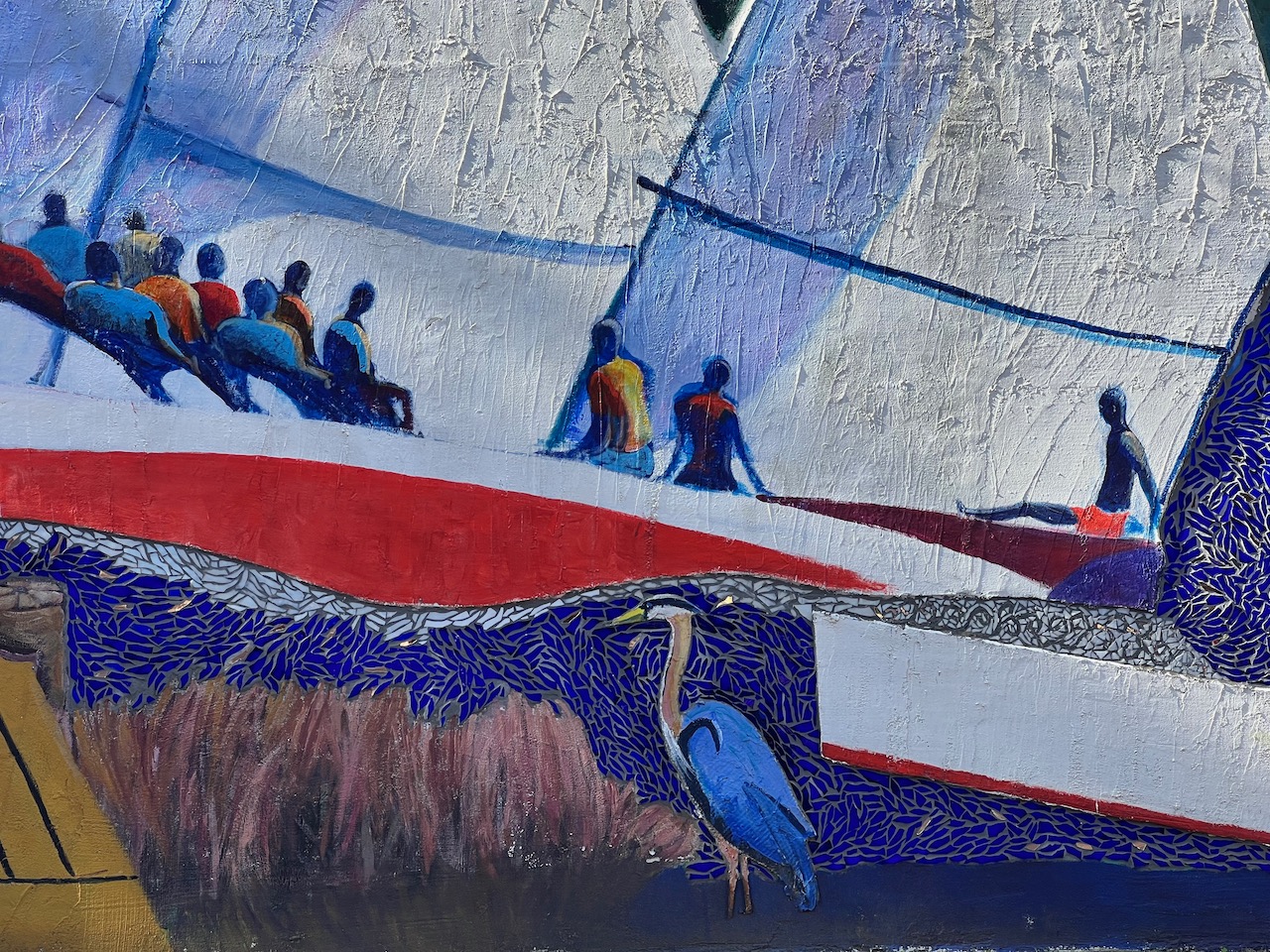

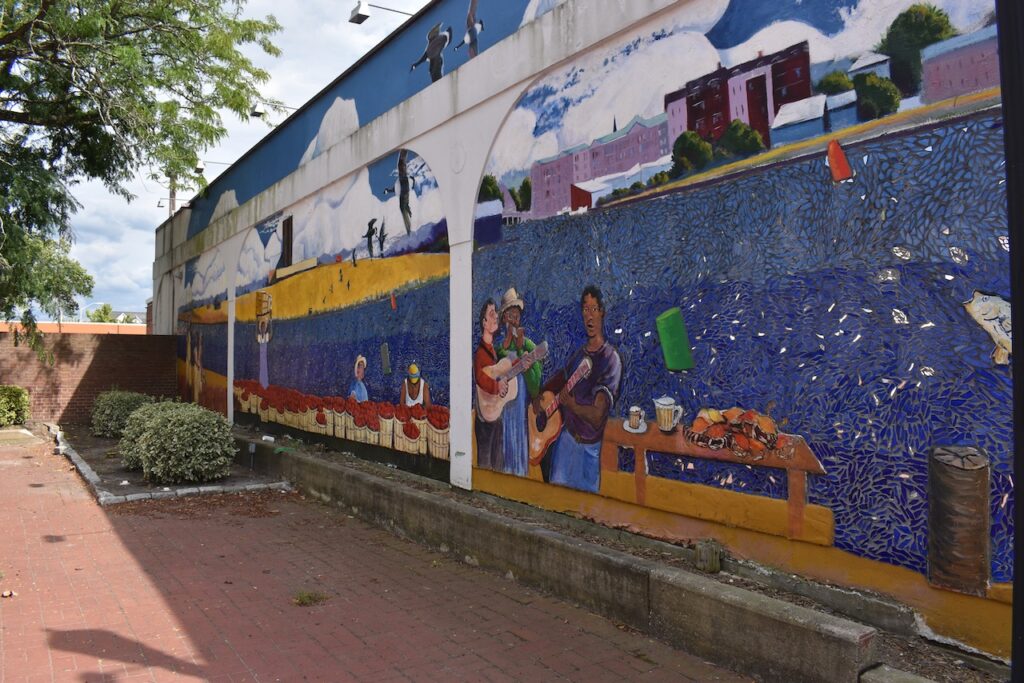
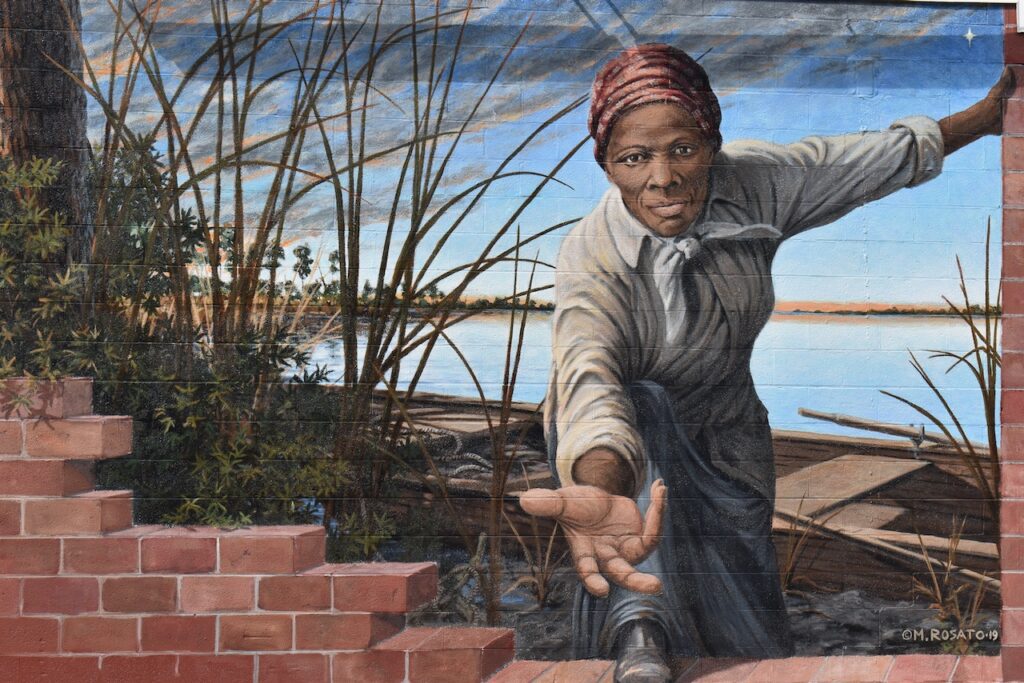
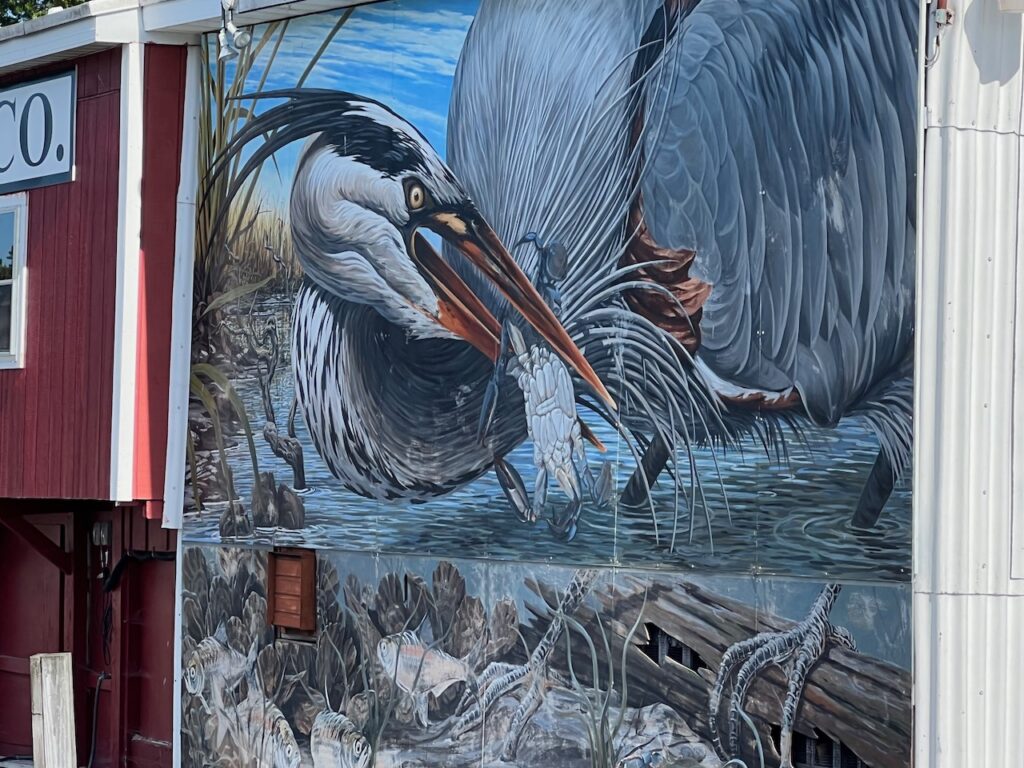

Cambridge, as the county seat, is an enigma. There is a pretty main street with a handful of restaurants and home decor shops but with the exception of a brewery (RAR, really good!) with three guests nothing was open and there were no people anywhere on a Monday??? The Harriet Tubman and Maritime museums were closed and we had the free town wall for docking to ourselves. But after touring the towns murals, we gave up and decided to leave the next morning. Then we found a picture of where everyone was…
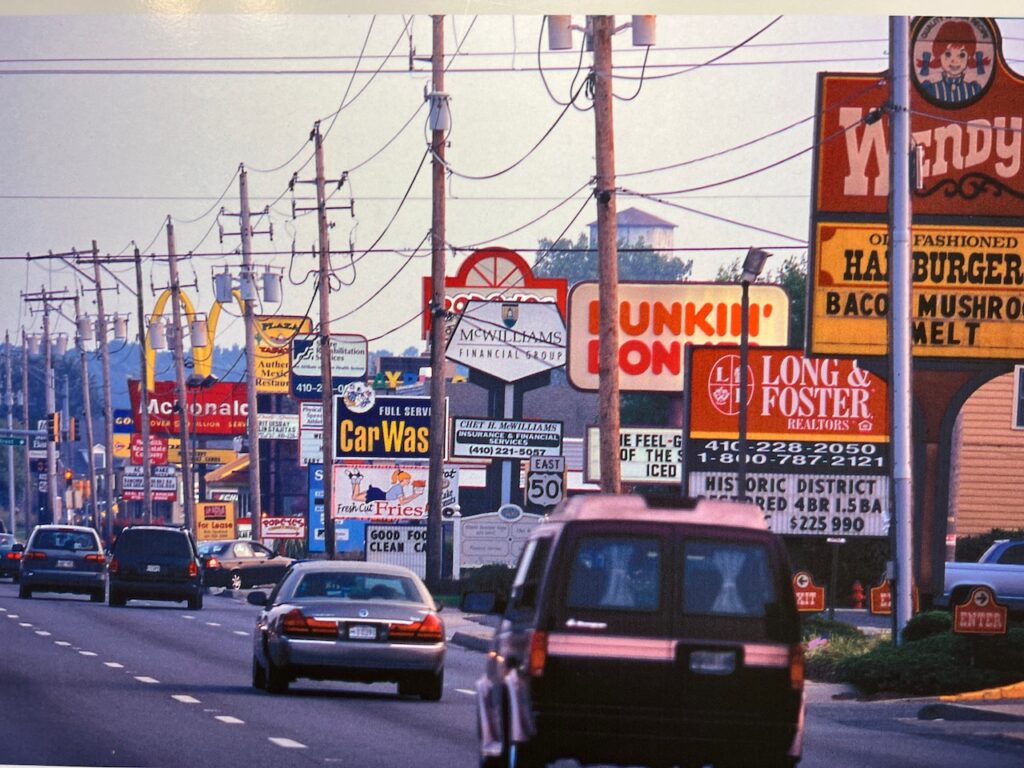
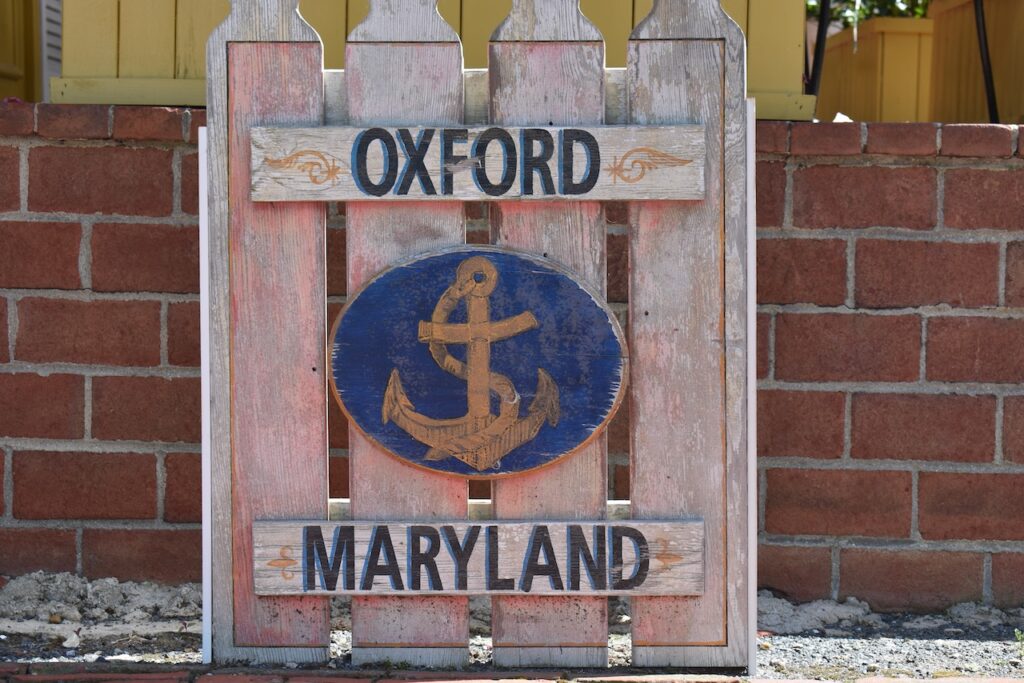
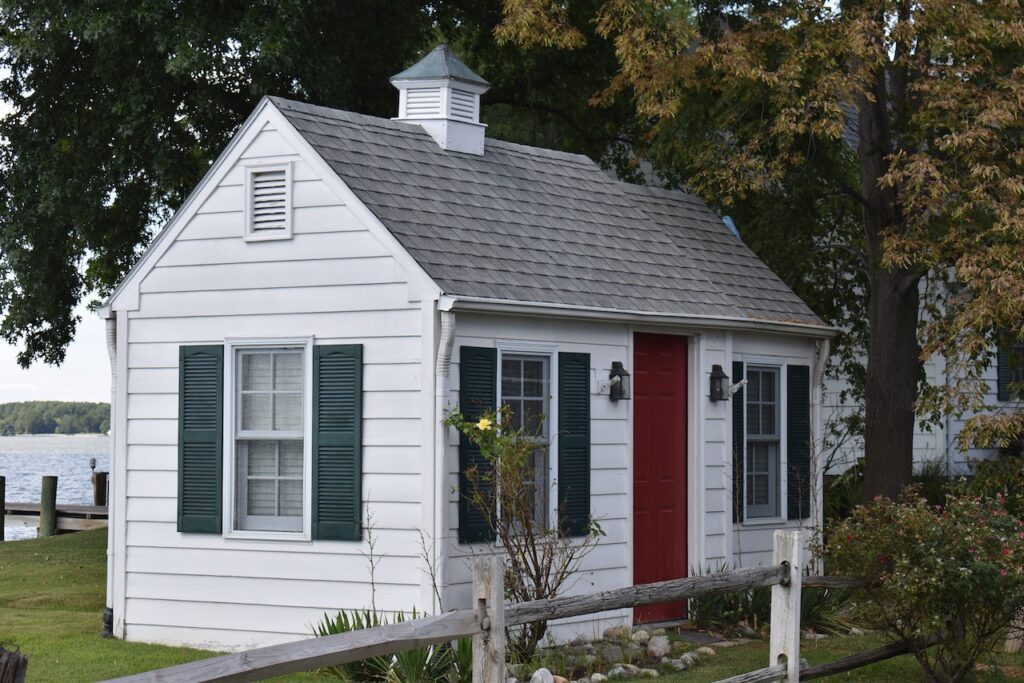
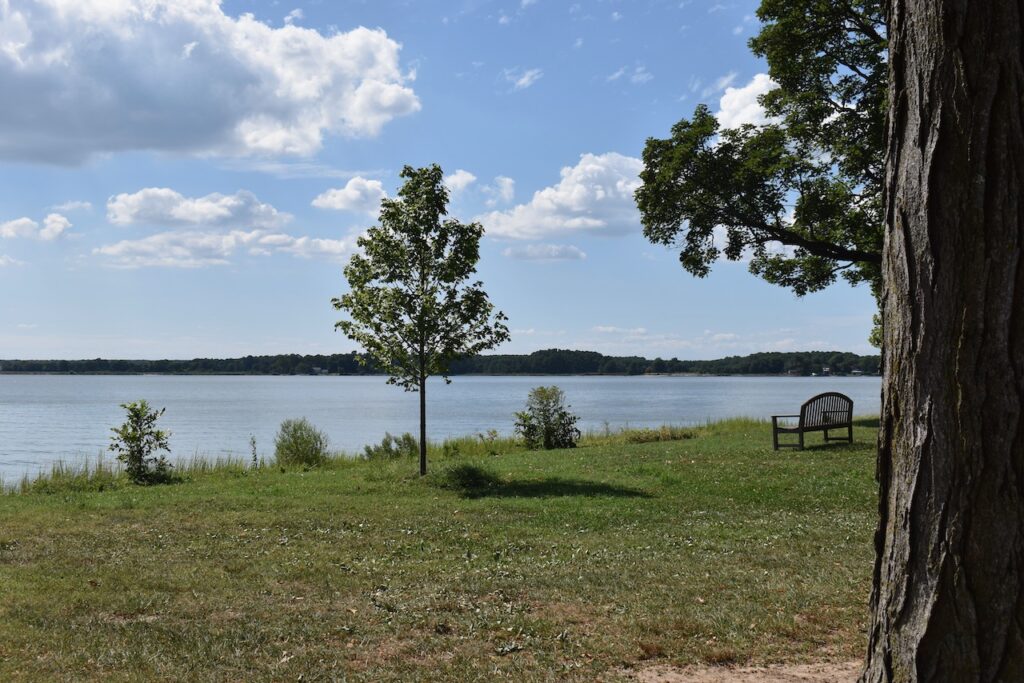
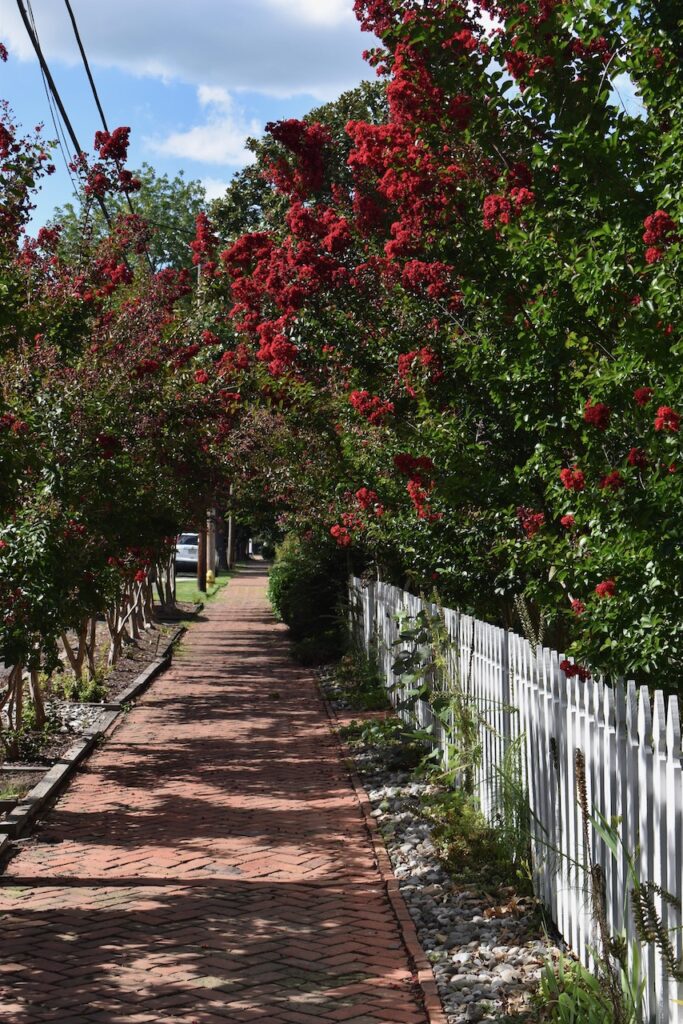
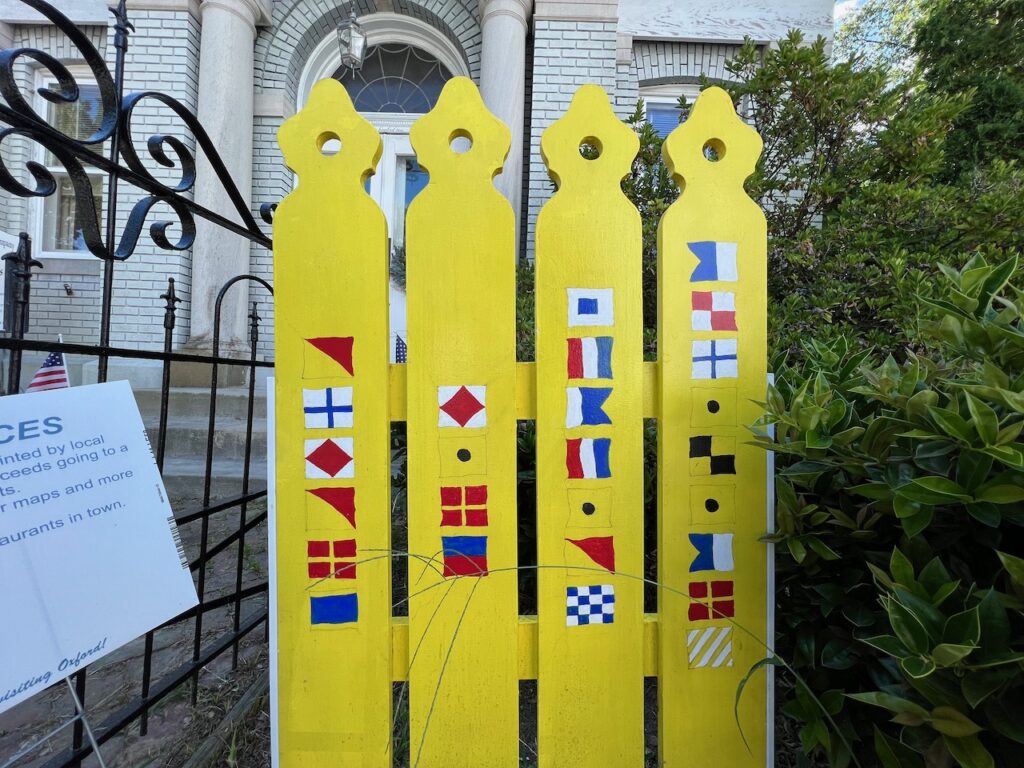
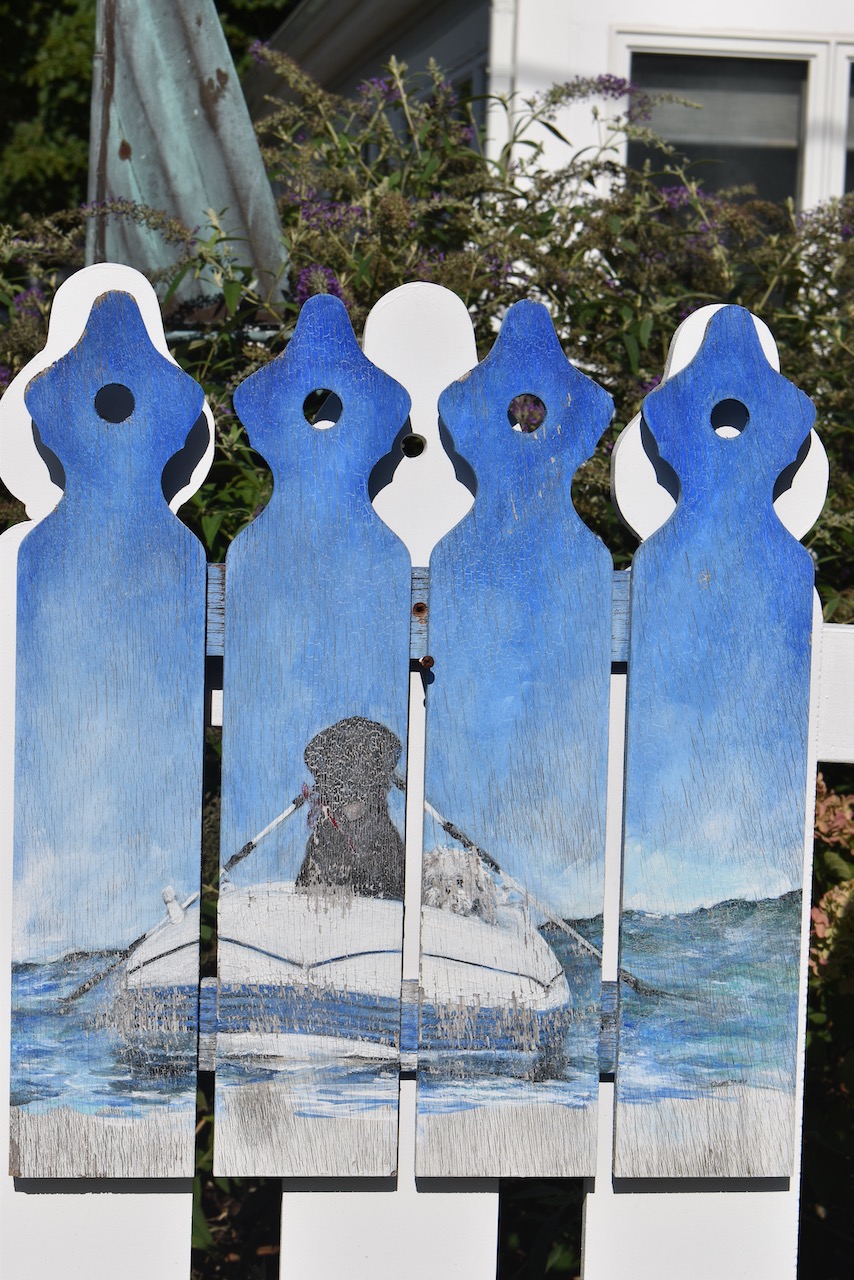
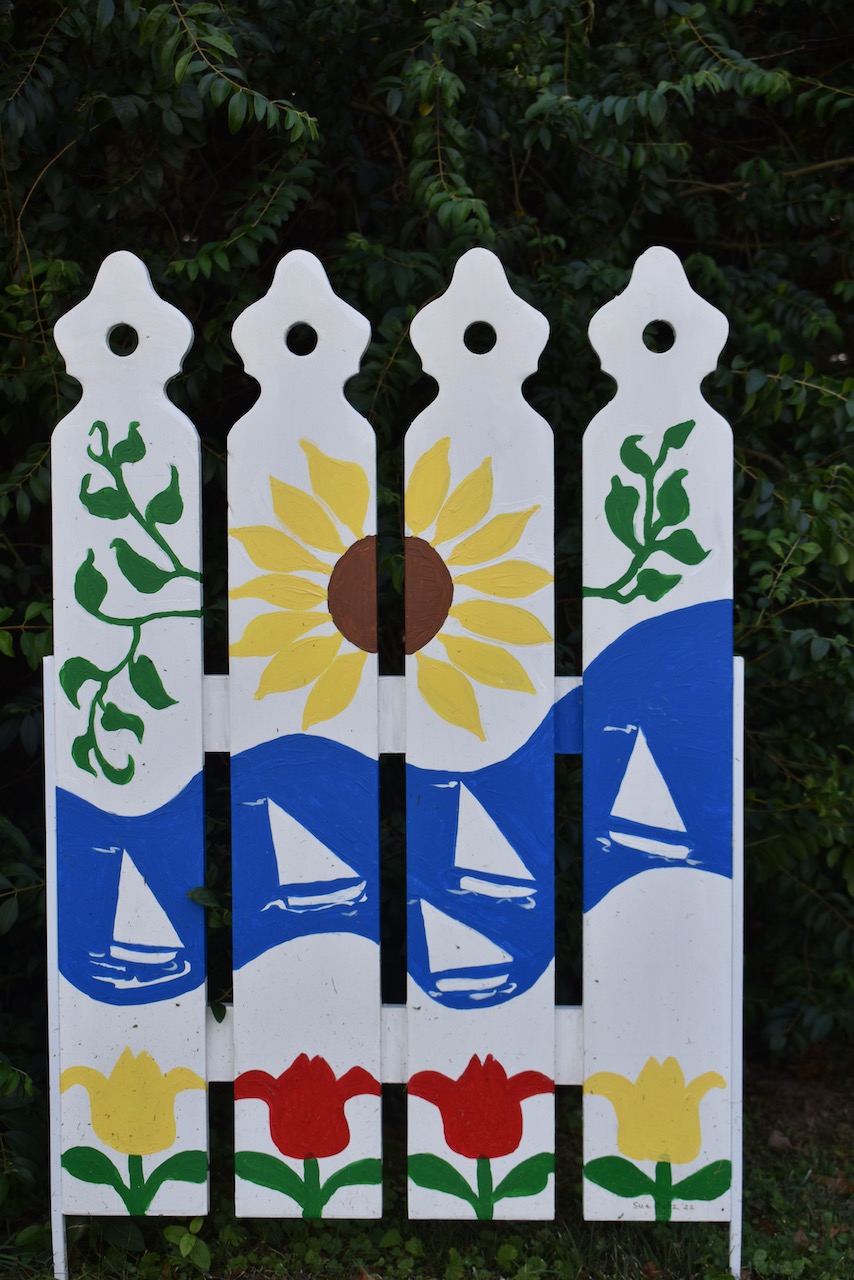
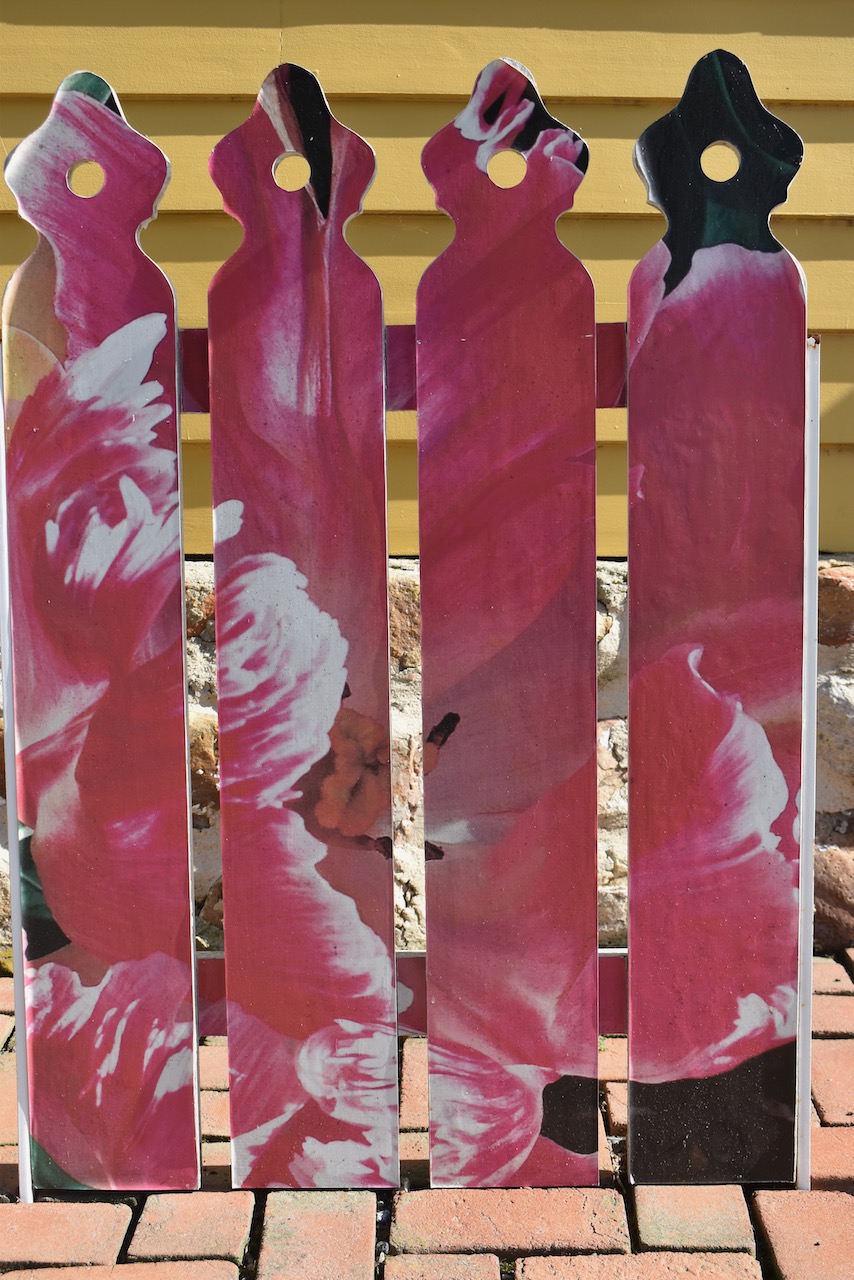
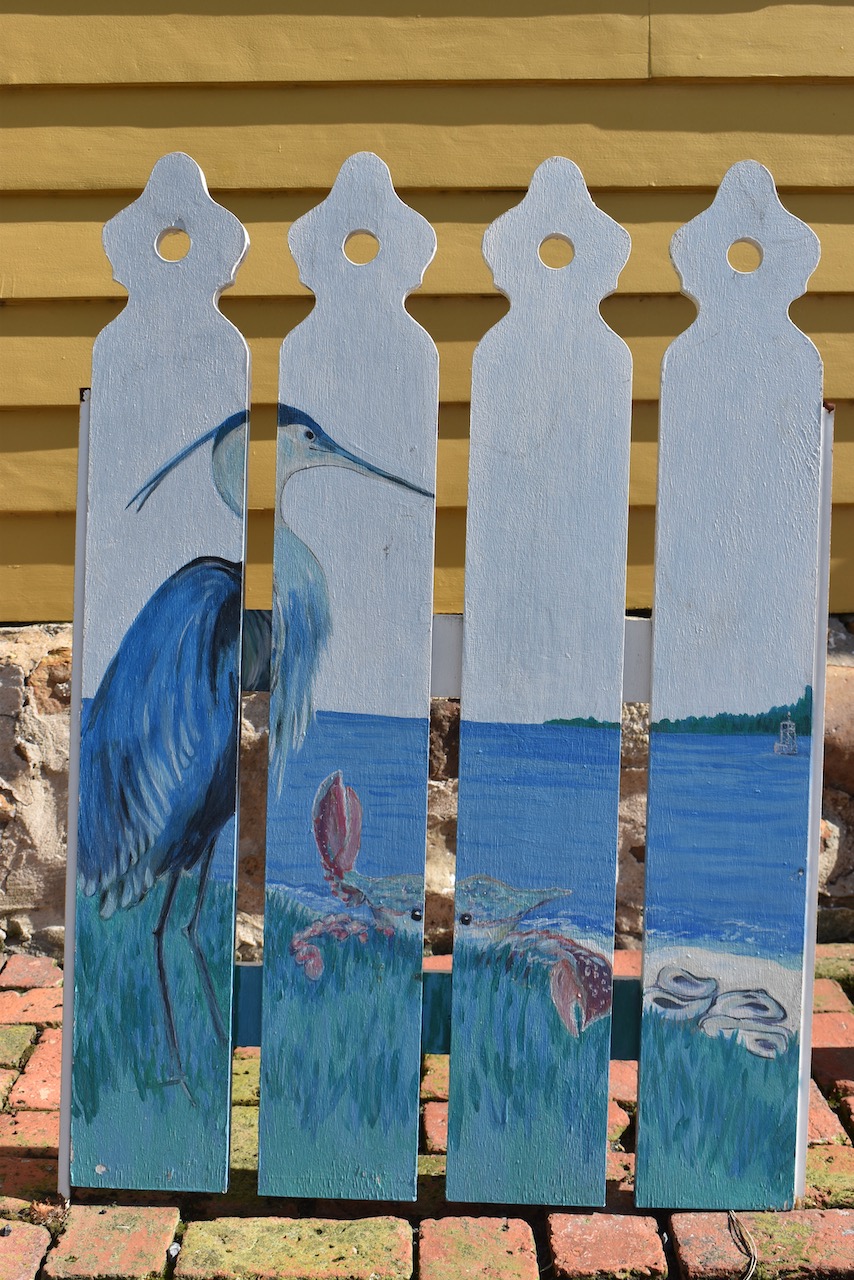
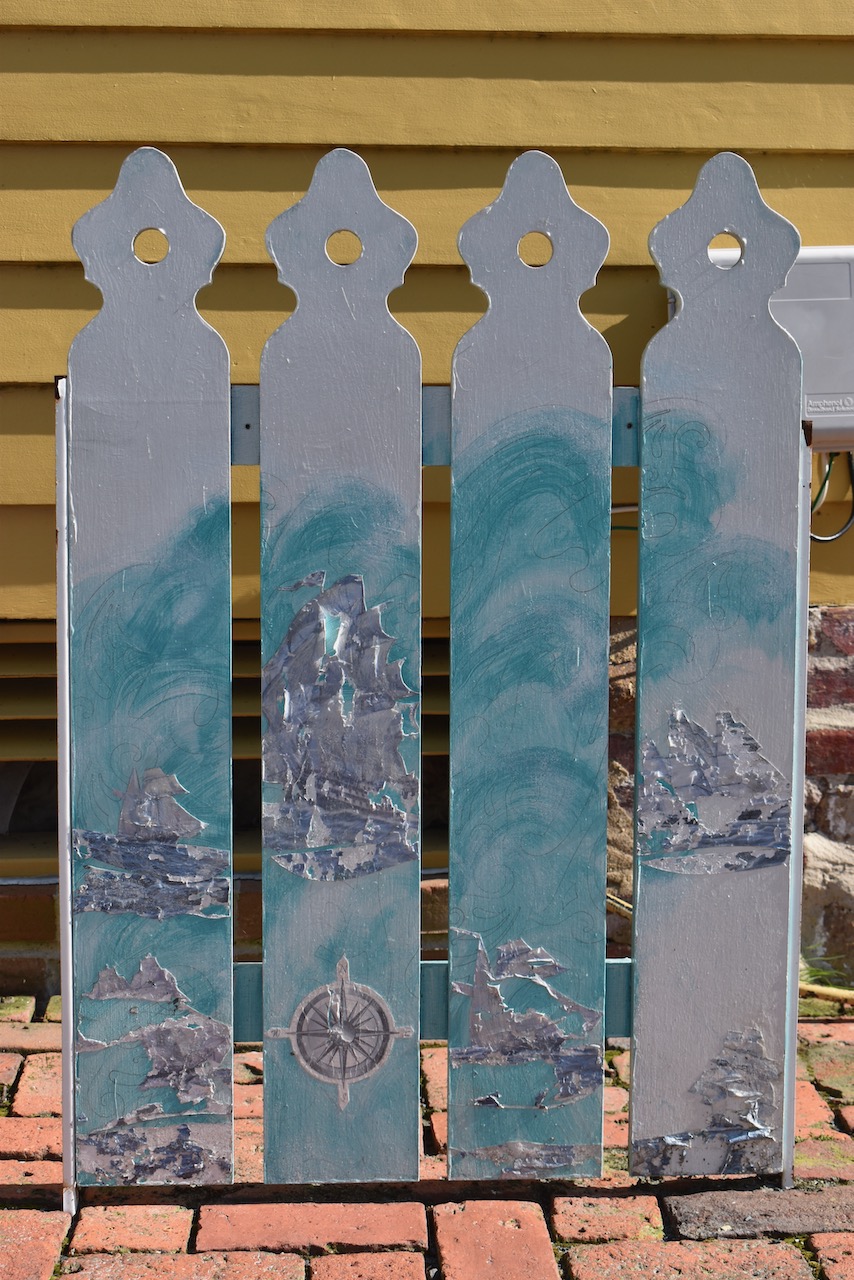


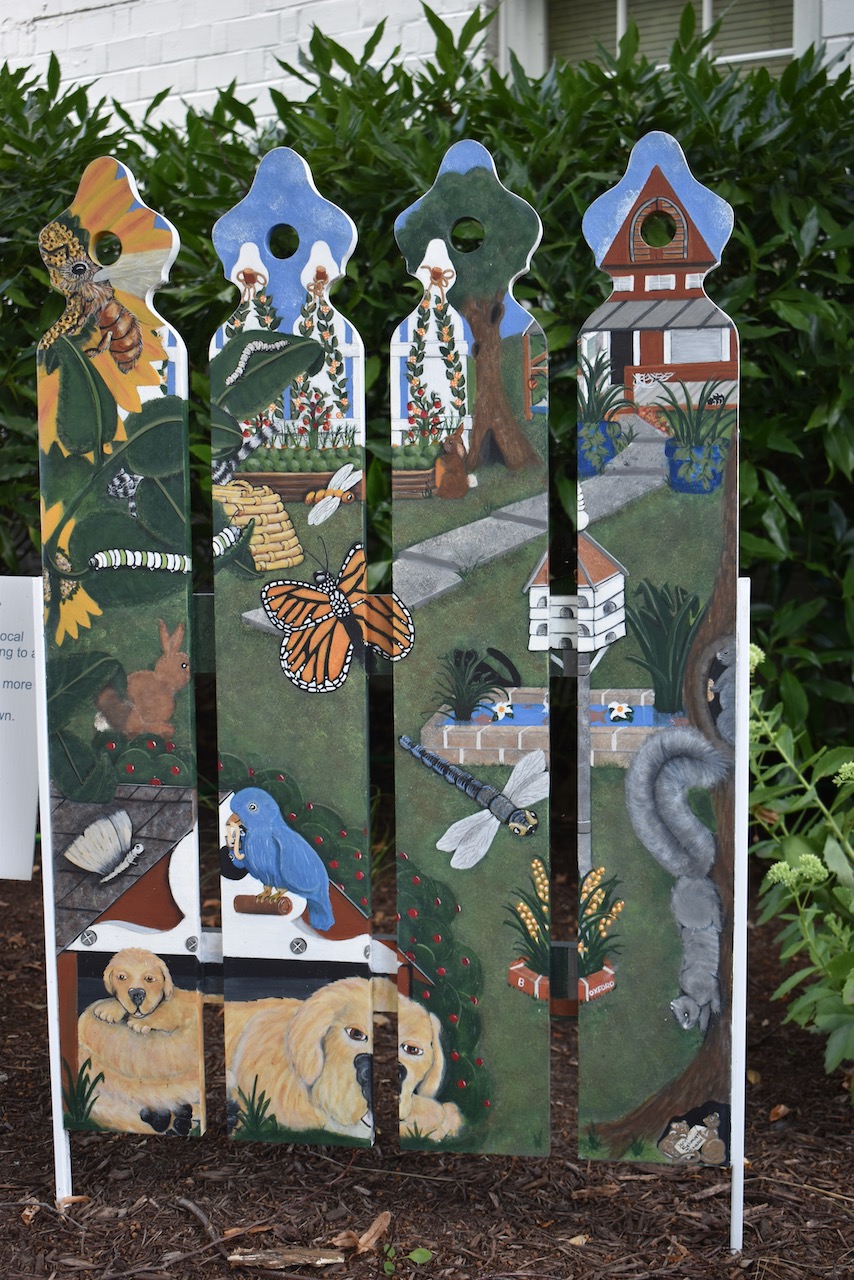
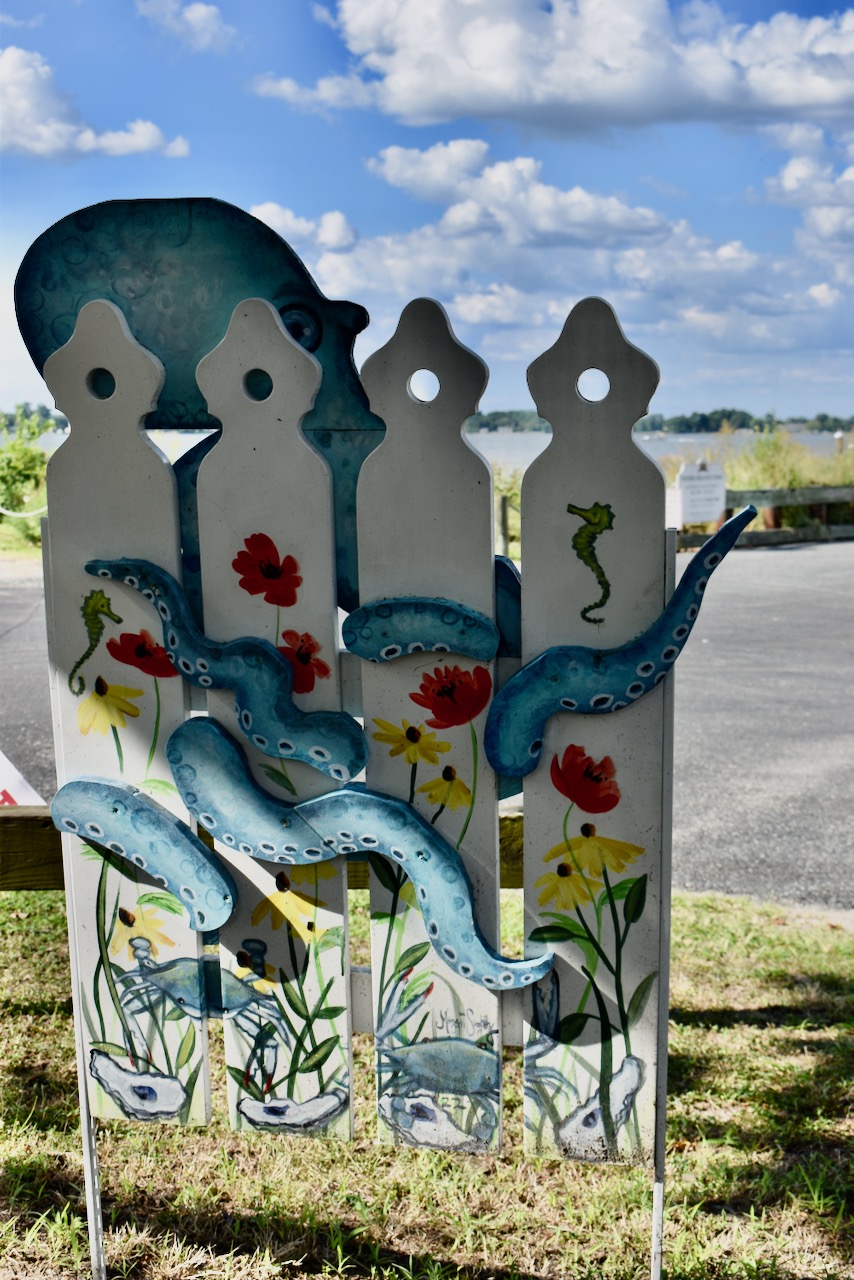
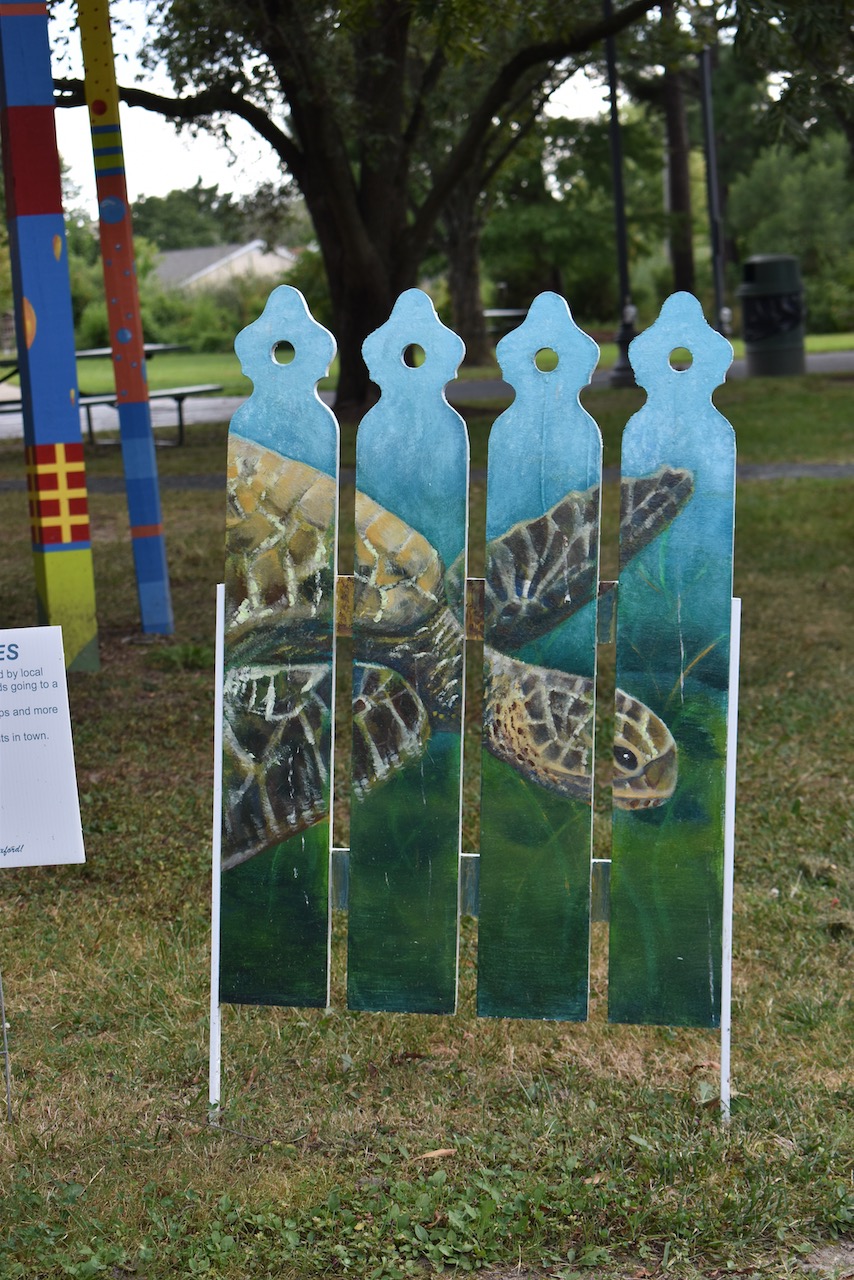
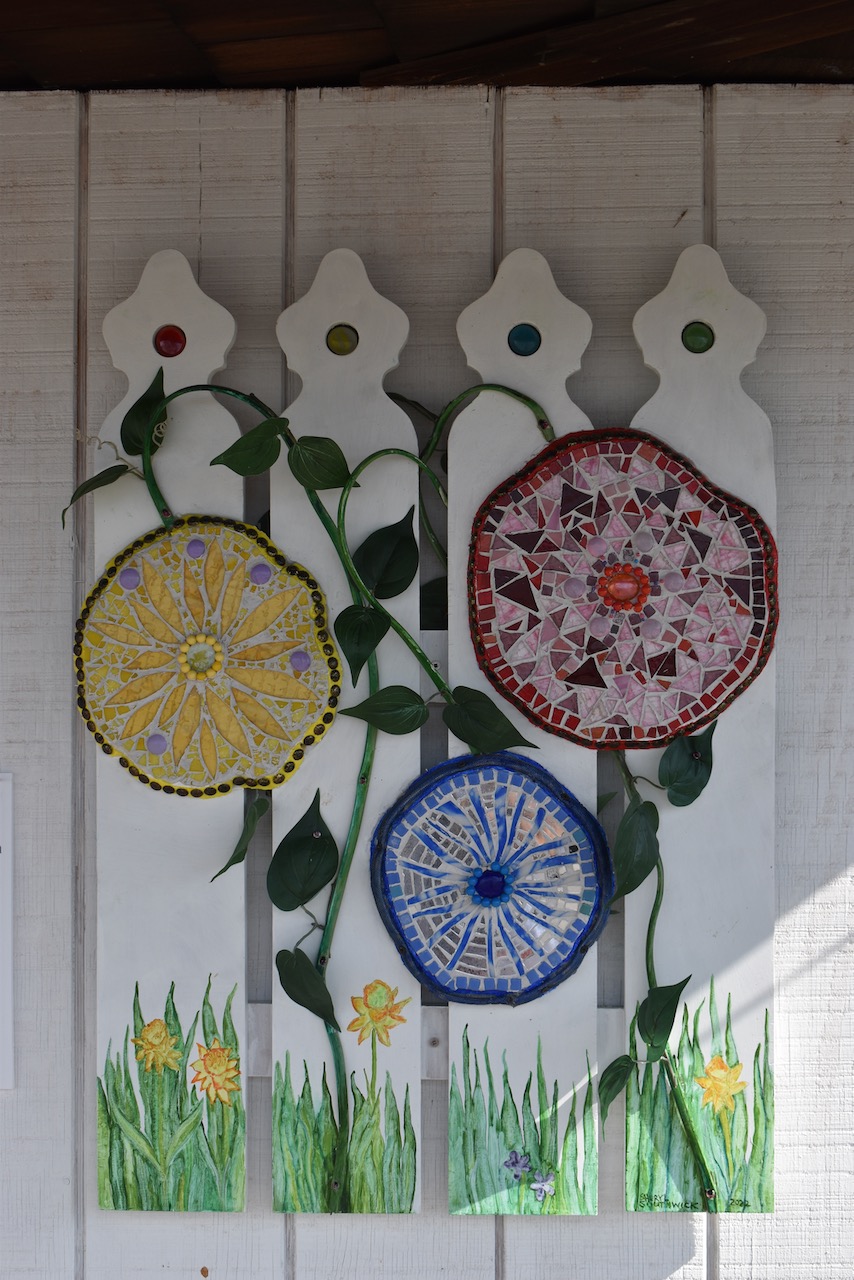
Yes, Cambridge and Oxford in Maryland but no seats of learning these… Oxford is smaller than Cambridge and we probably ran into as few people but somehow it did not feel deserted. It seemed to us that it was primarily a town of second homes and retired residents enjoying those spaces. The picket fences are a fundraising endeavor for a local charity.
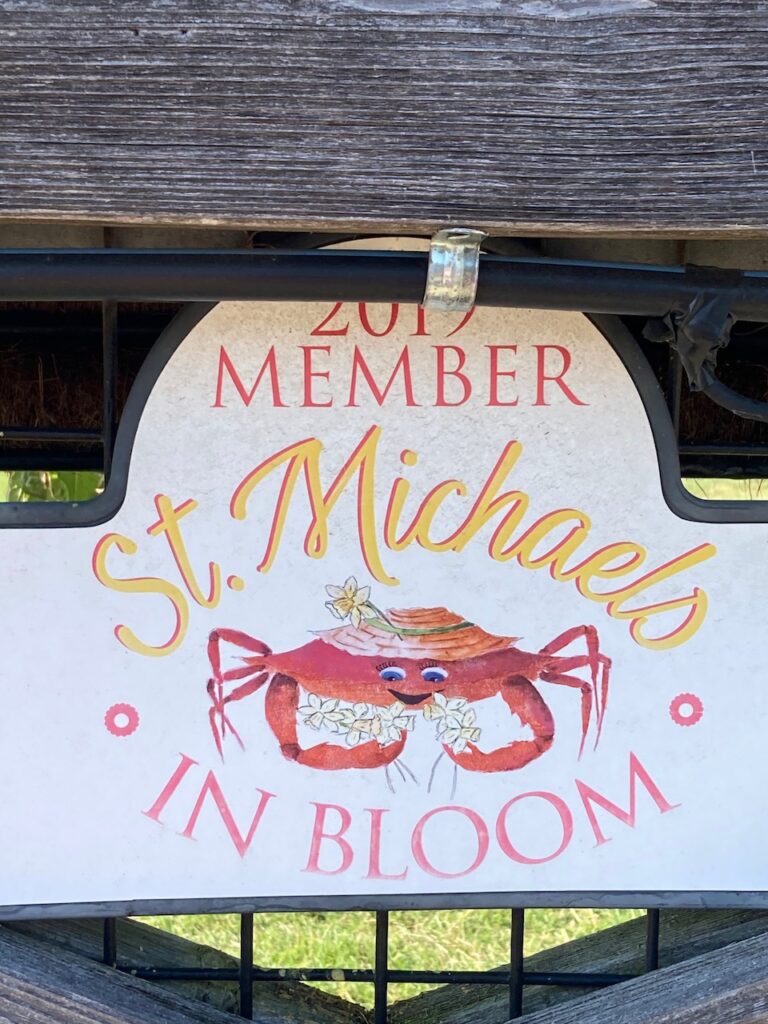
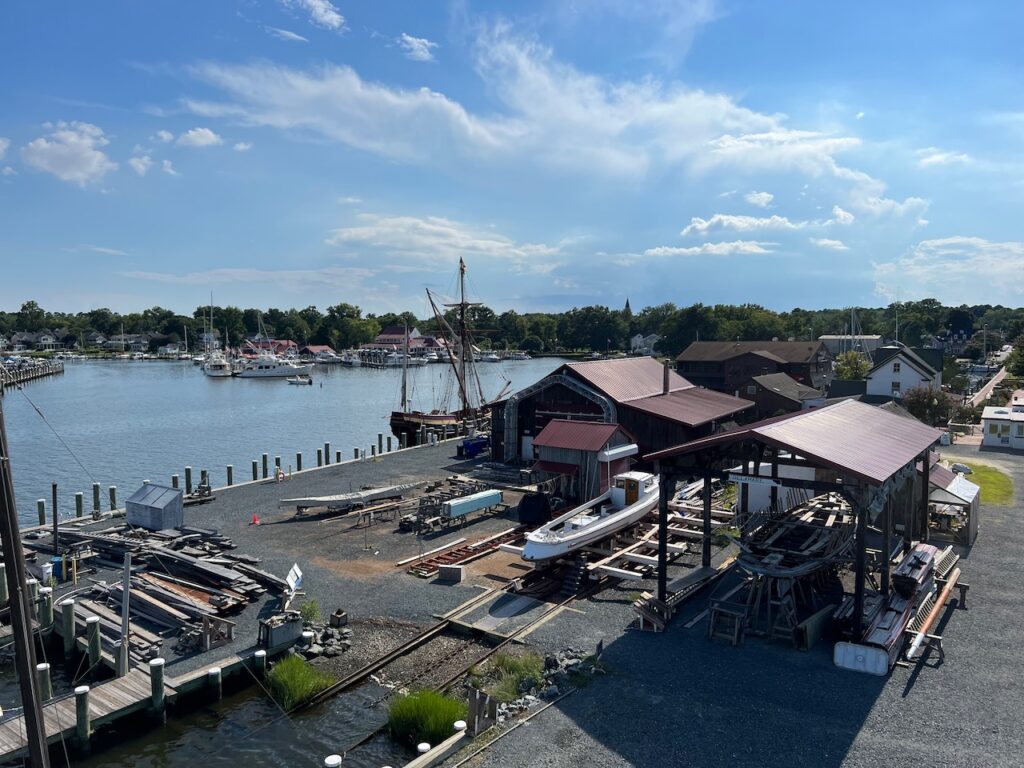
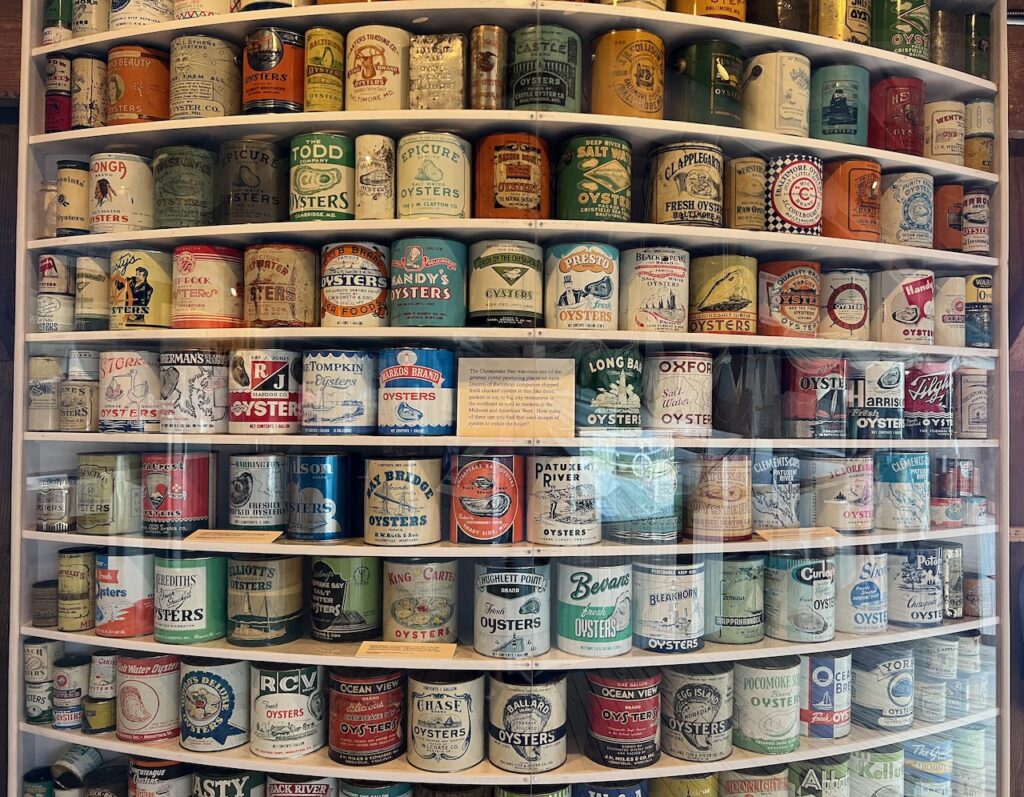
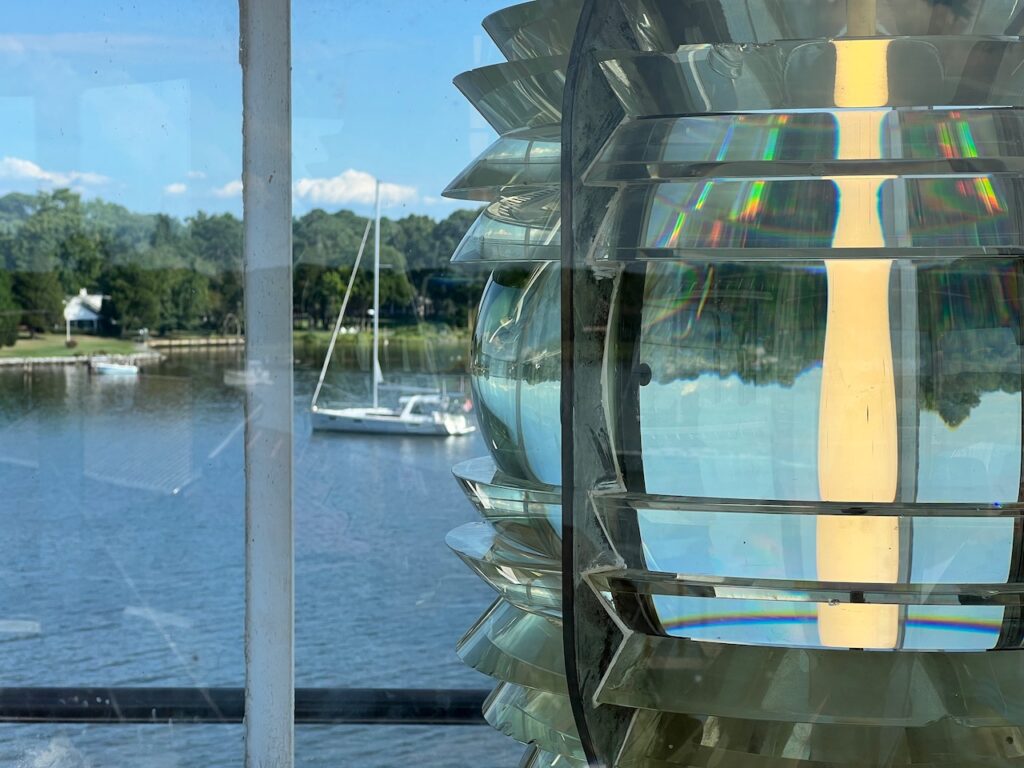
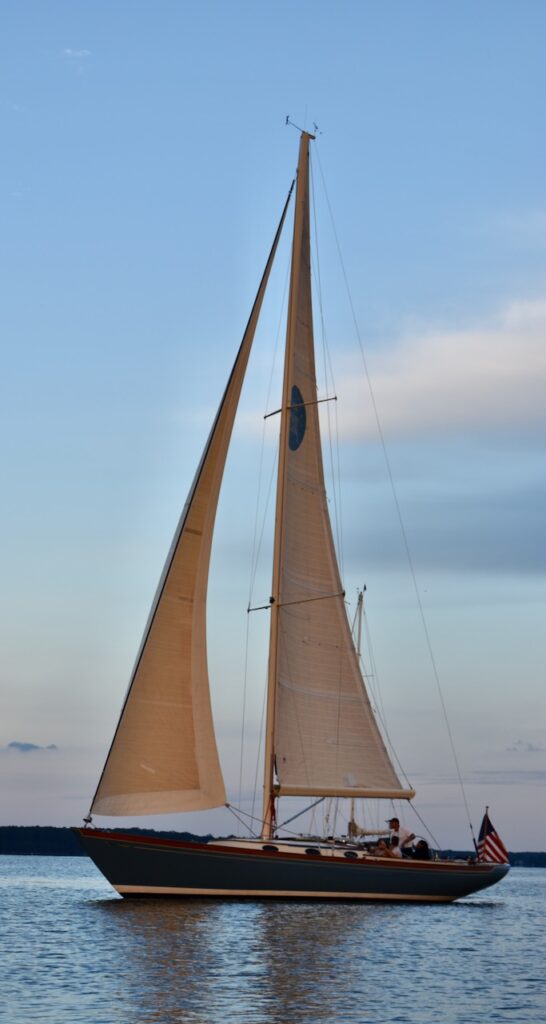
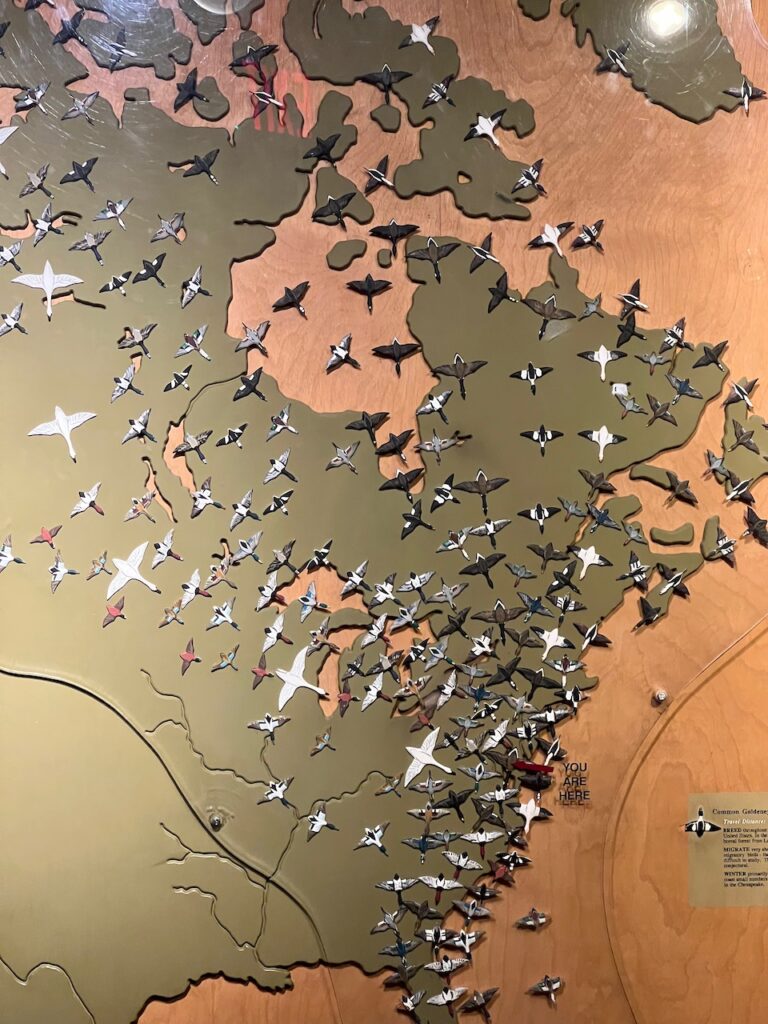
Like St Mary’s City history museum, St Michael’s Maritime museum is an excellent immersive experience. There is an actual tie between the two museums, as well. The maritime museum has a working boatyard and is in the process of building a new replica of the Dove (the current one cannot take passengers off the dock). An example of the caliber of the exhibits is the 3D map of migratory birds which use the Atlantic route. St Michael’s is a boating town; the docks and restaurants were jammed and boaters anchored outside the town’s channel were ferrying in on their dinghys all day.
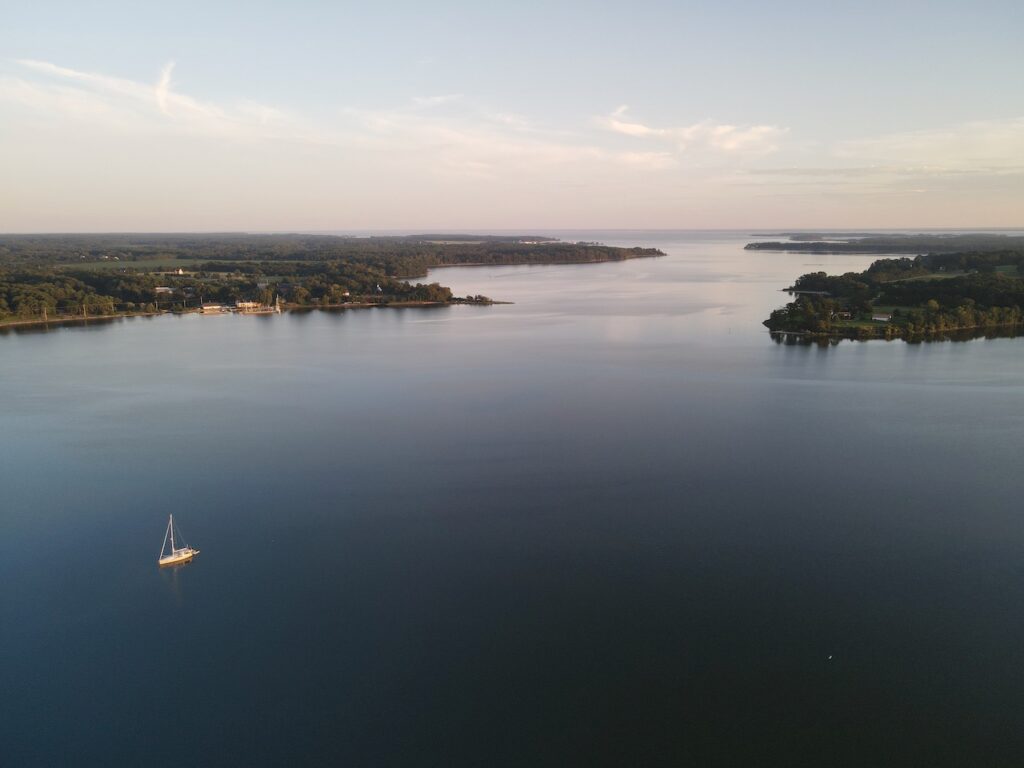
- Washingtons
The plural is intentional. The last “big city” on our itinerary was Washington, DC and, as it is a 2 day journey up the Potomac, we spent a day at Mount Vernon, George Washington’s home.
Mount Vernon

Unfortunately for photographs, the facade of Mount Vernon is under construction so the shot from the water does not do the house’s location any justice… 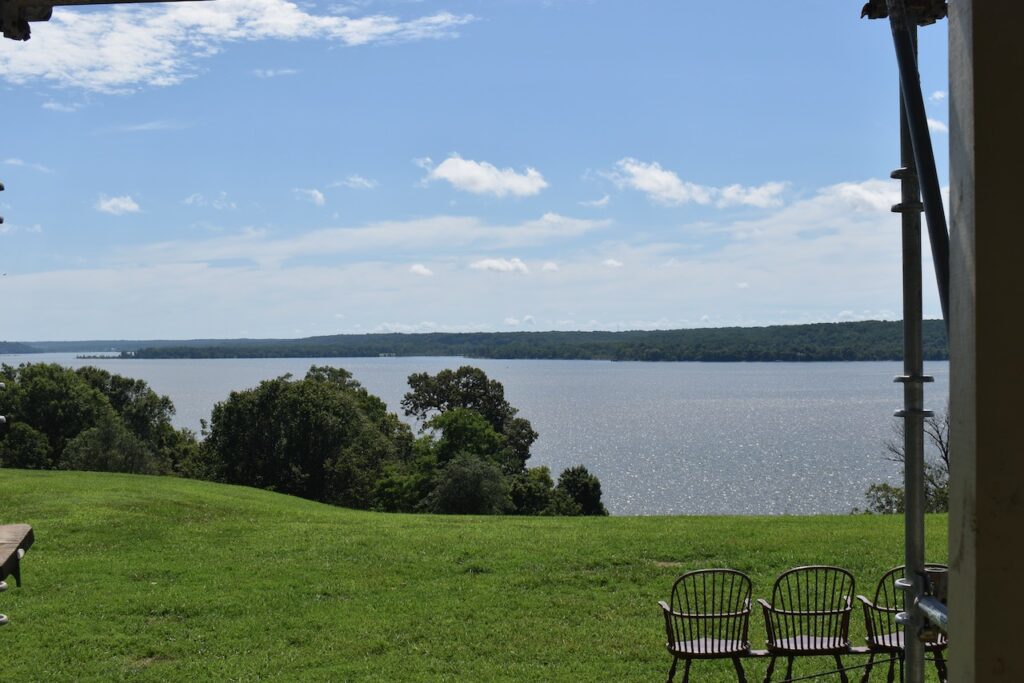
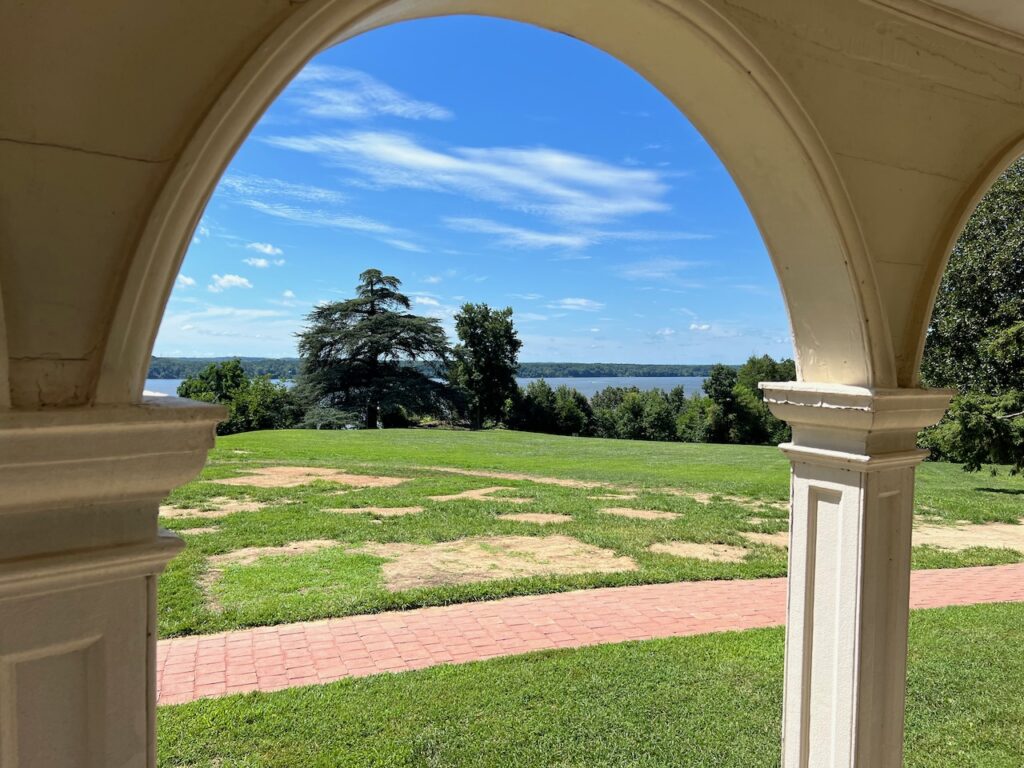
…but the views from the house do. 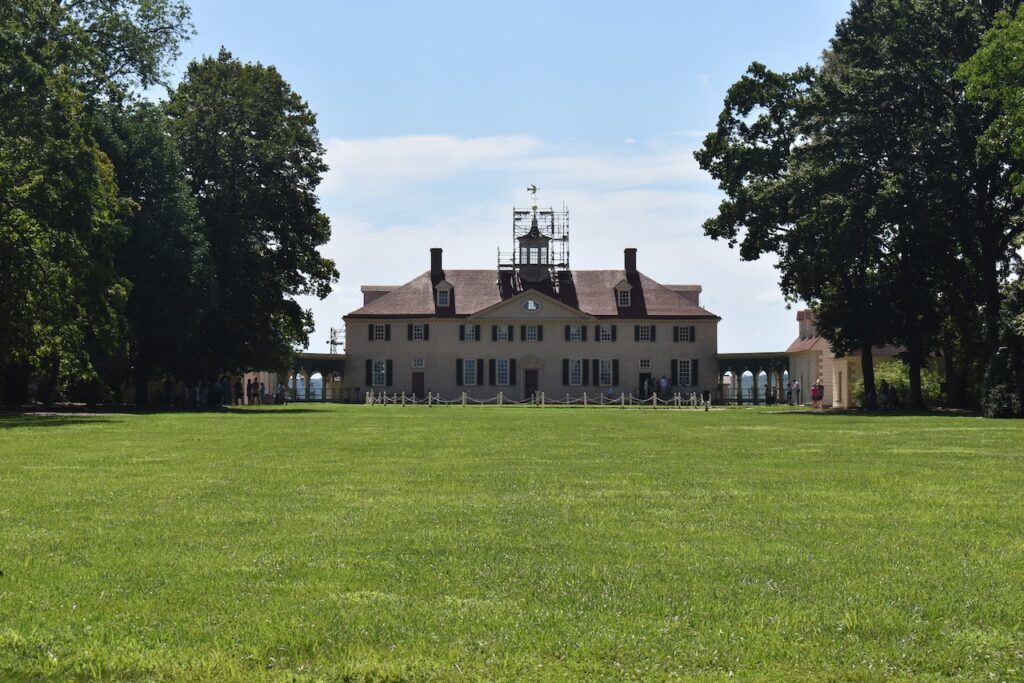
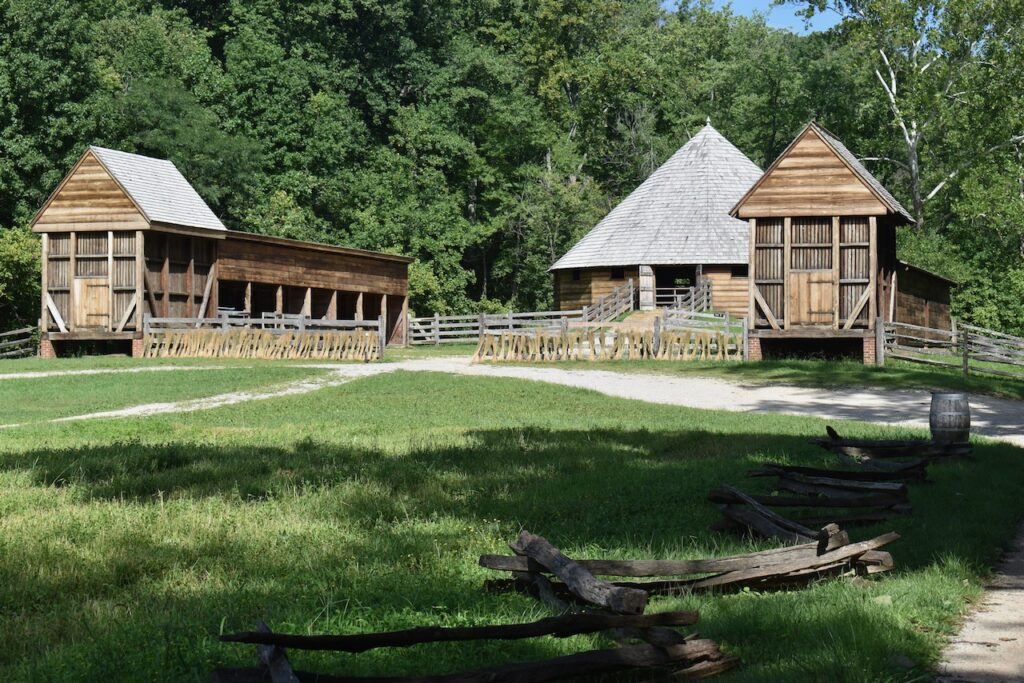

In addition to the house itself, the grounds and out buildings are also maintained and worked as in Washington’s day. 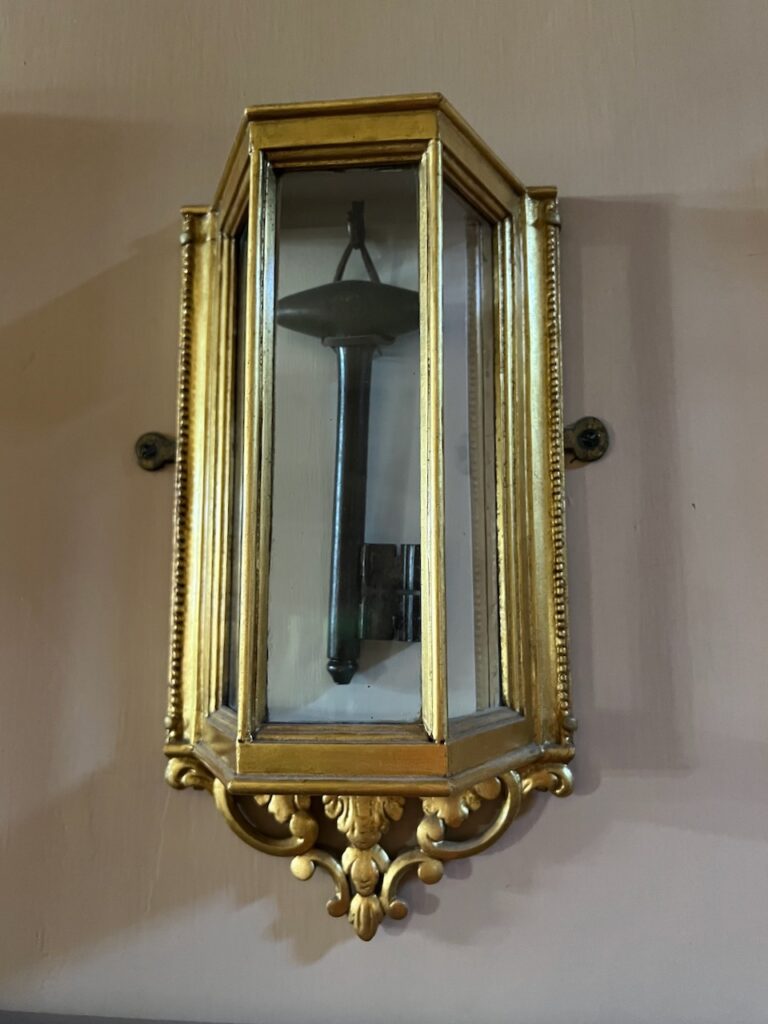
The Marquis de Lafayette gifted the Bastille Key to Washington and it hangs in Mount Vernon to this day. The key symbolized the liberty for which both men fought. Washington, DC
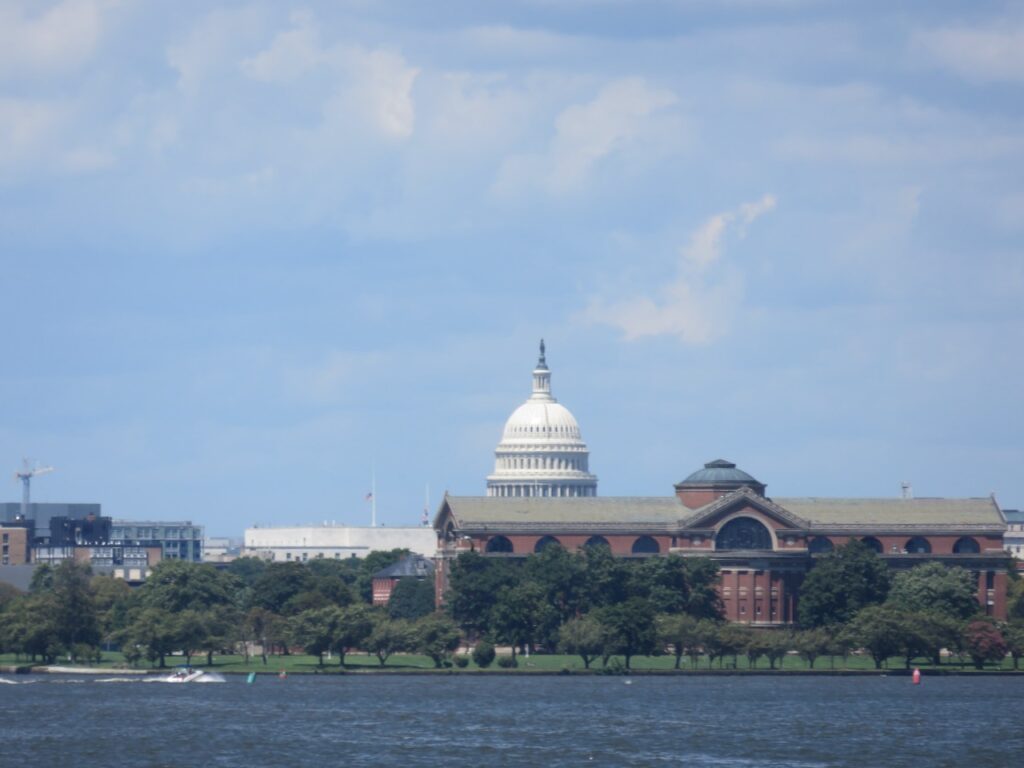
It was thrilling to arrive by water… so many familiar sights but crazy busy river traffic to watch out for! 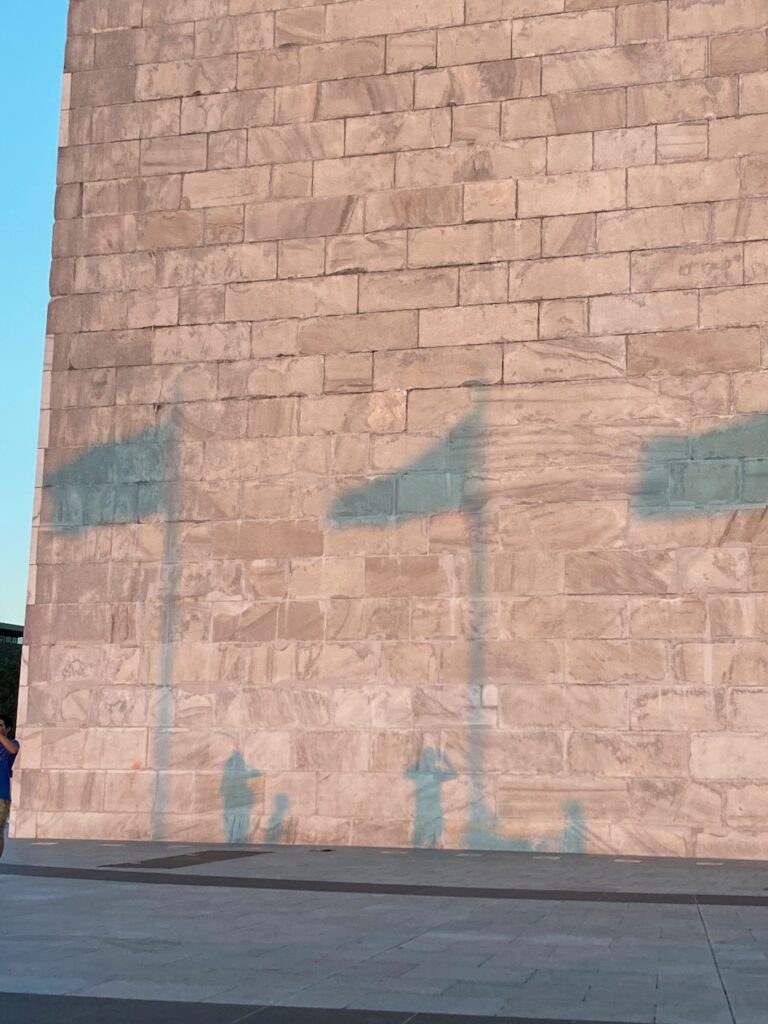

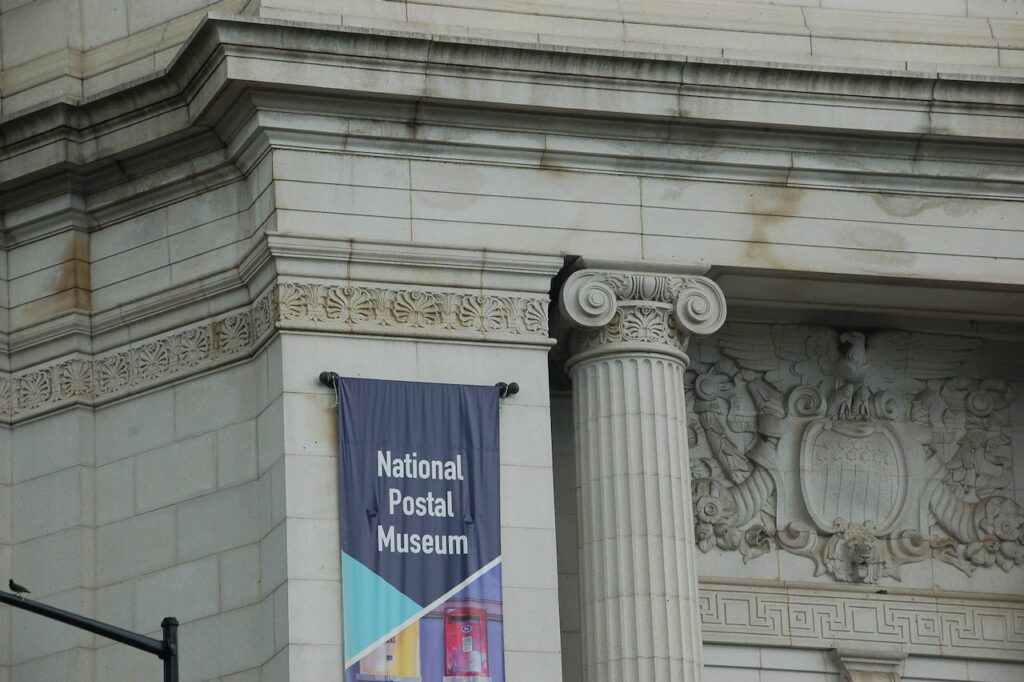
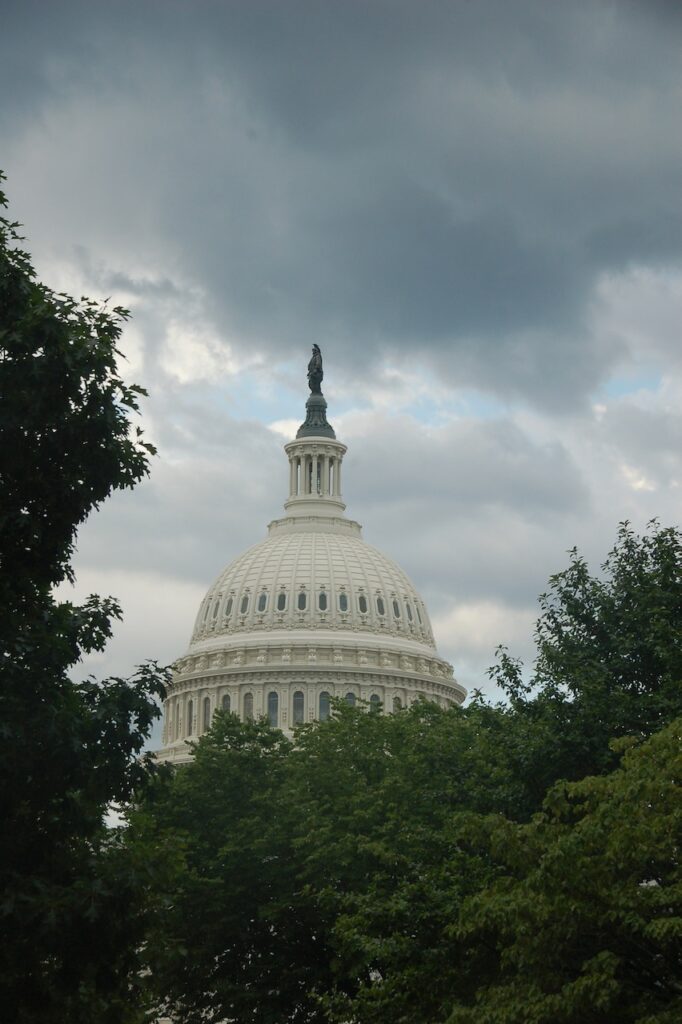

Fort Washington
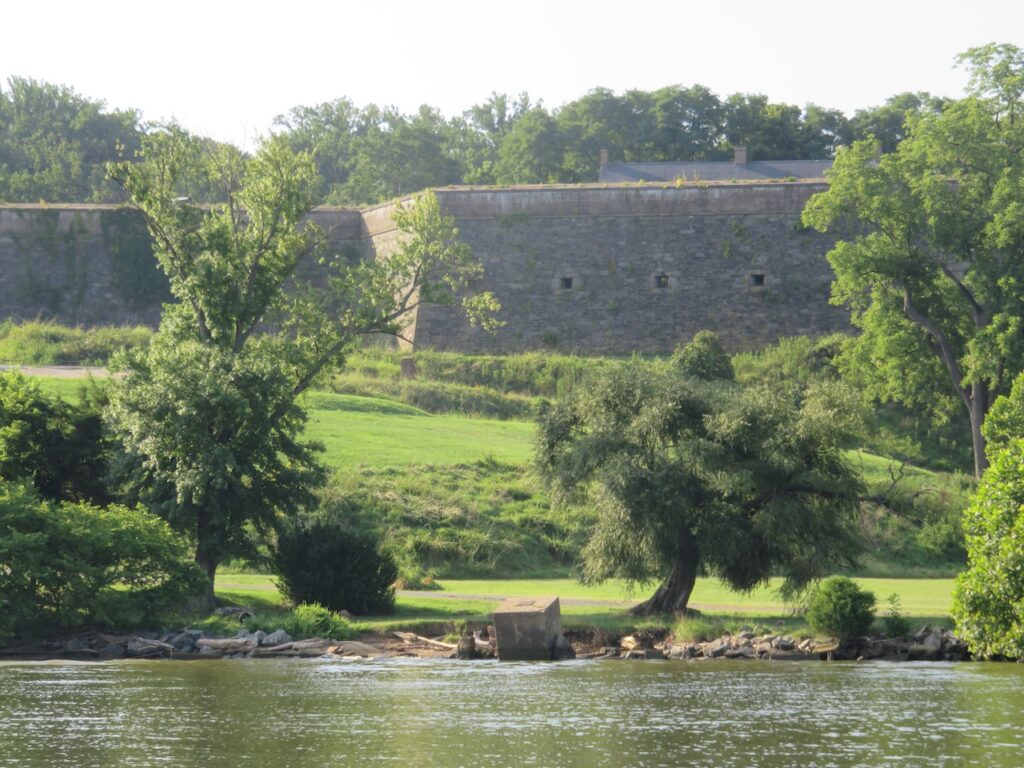
Fort Washington is located south of Washington, DC, on the Potomac, and was built in 1809 to protect the capital from the sea. The currently visible structure was built after the original structure failed to meet that goal – the British destroyed the fort and sailed to Washington anyway.
- Surprising Baltimore
Turns out there was a last “big city” to add to our list… While waiting for the tide in Kent Narrows, we realized that the Boston Red Sox were playing the Baltimore Orioles… in Baltimore… and we could make the game! We shuffled our plan and headed to Baltimore. We were really glad we did, too! The Red Sox won, Baltimore has multitude of interesting neighborhoods and instead of yet another maritime museum, we could visit the National Aquarium!
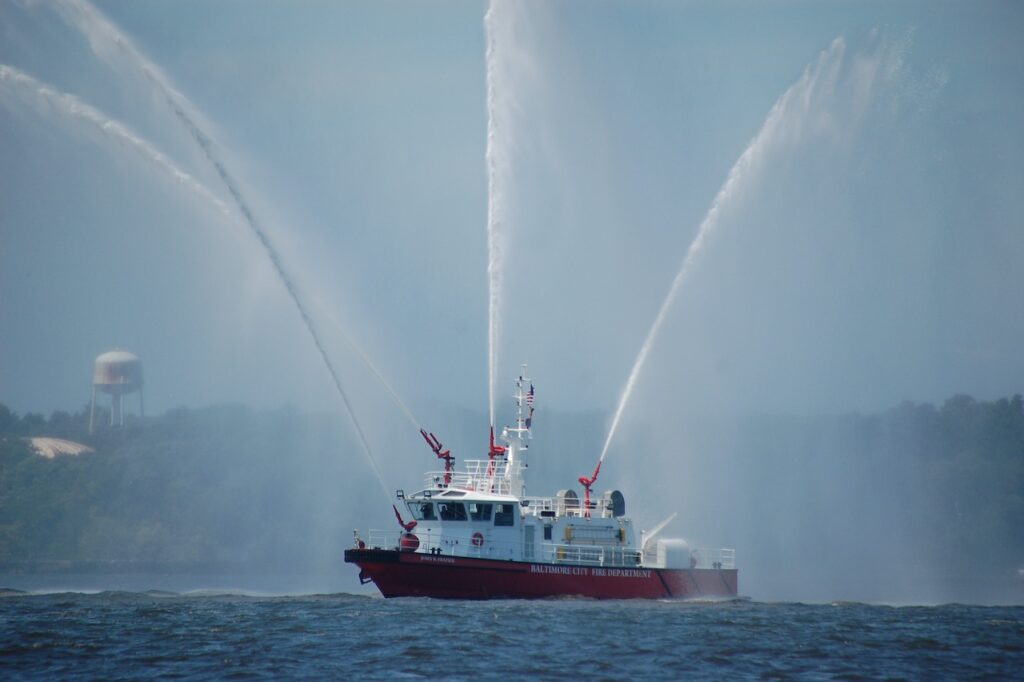
Welcome to Baltimore! 
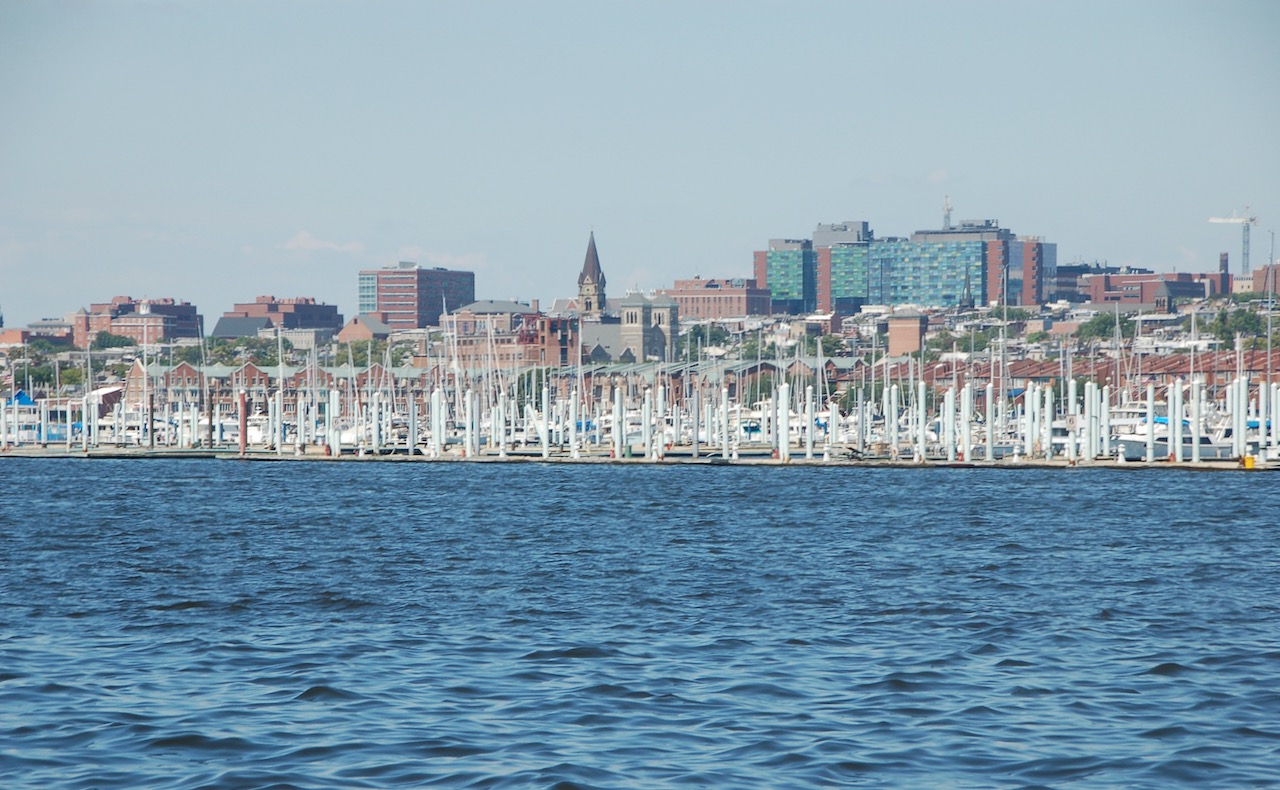

In addition to a working seaport with car transporters, container ships and naval supply vessels, Baltimore has more pleasure craft marinas than we had seen in one place.

As iconic as Fenway… 
The city planners had the foresight to require a 100′ setback all along the inner harbor which now hosts parks, restaurants, shops and museums. 
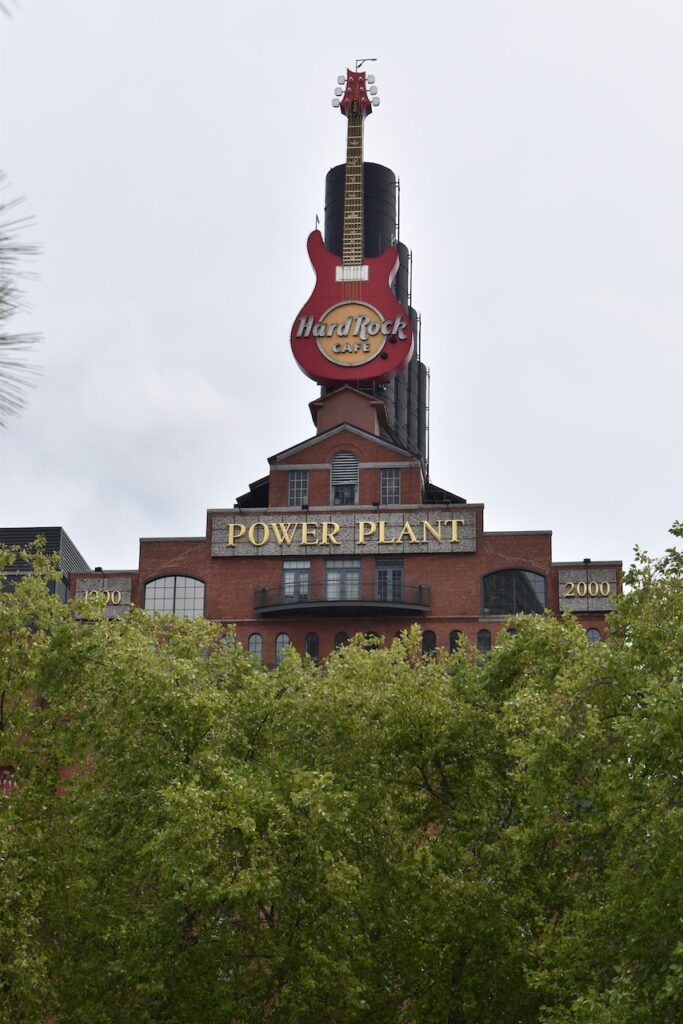
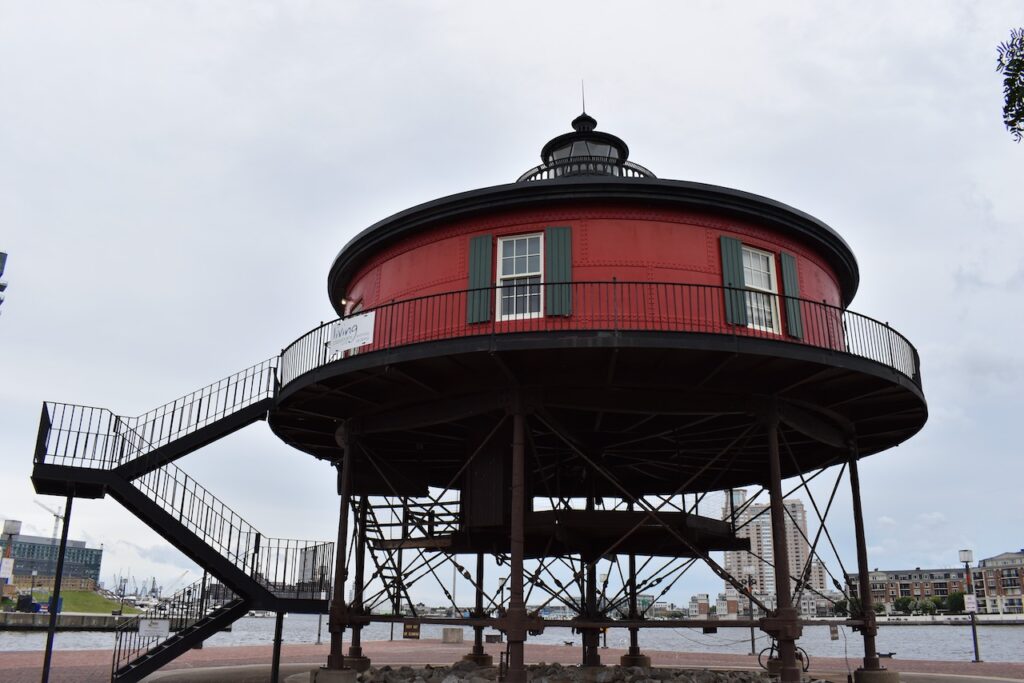
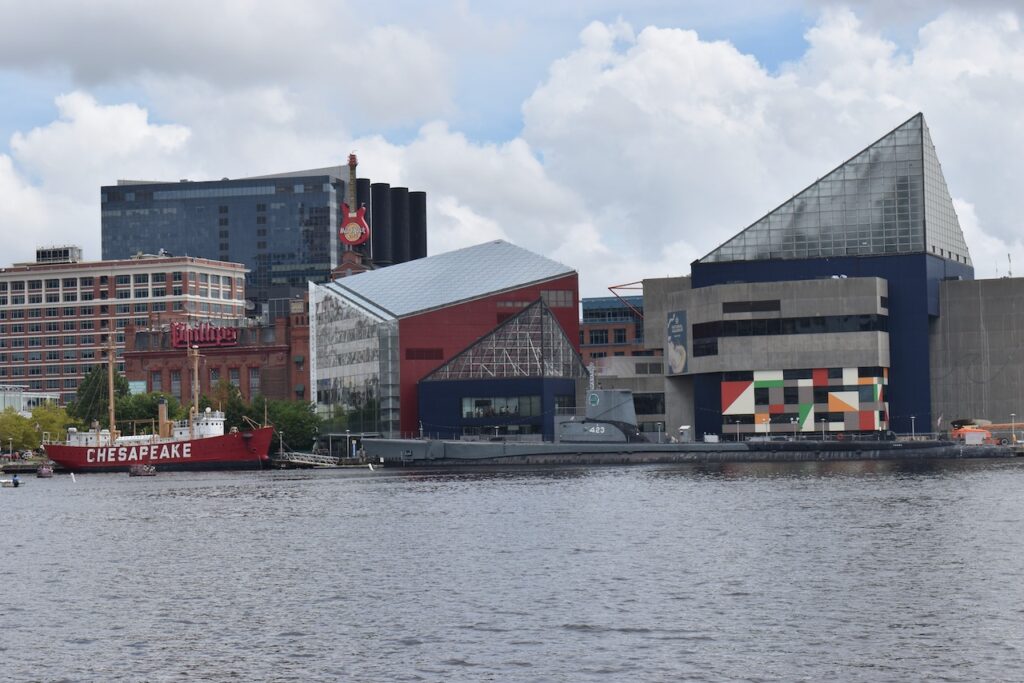
The National Aquarium 
The aquarium’s exhibits were breathtaking… 

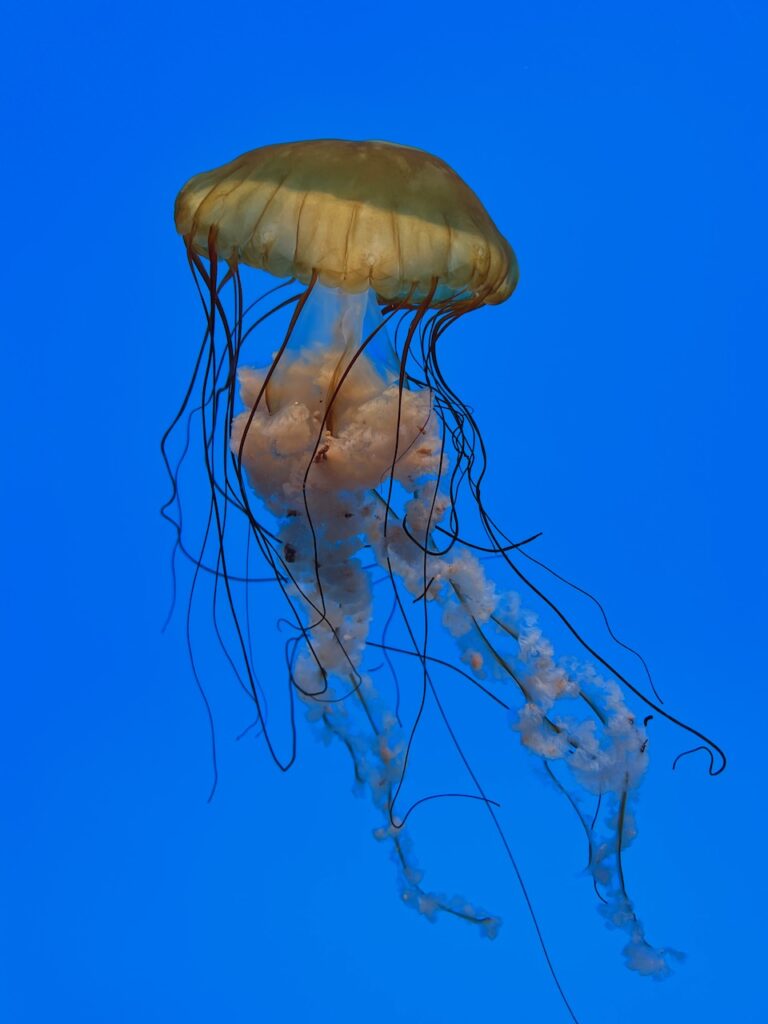
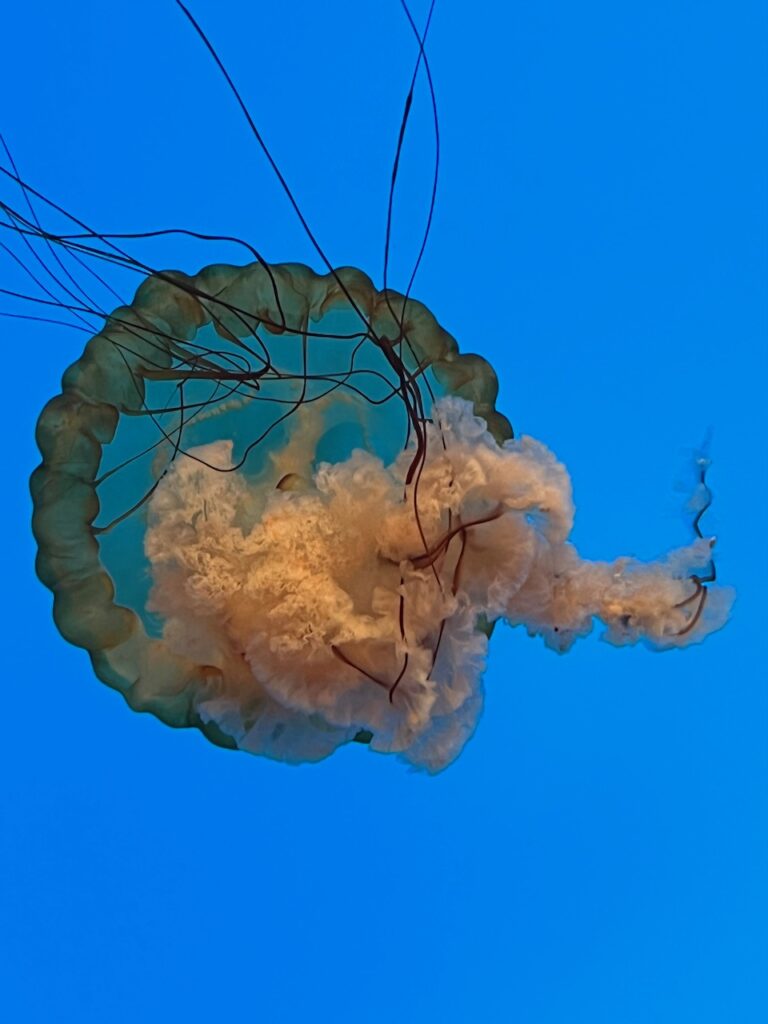


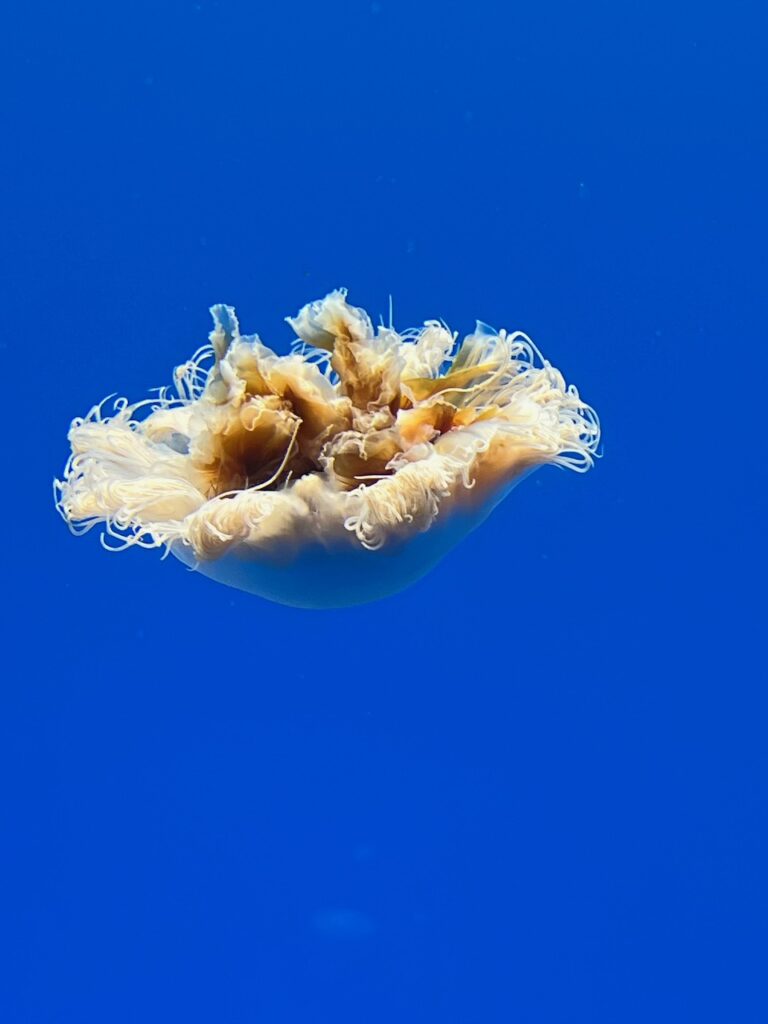

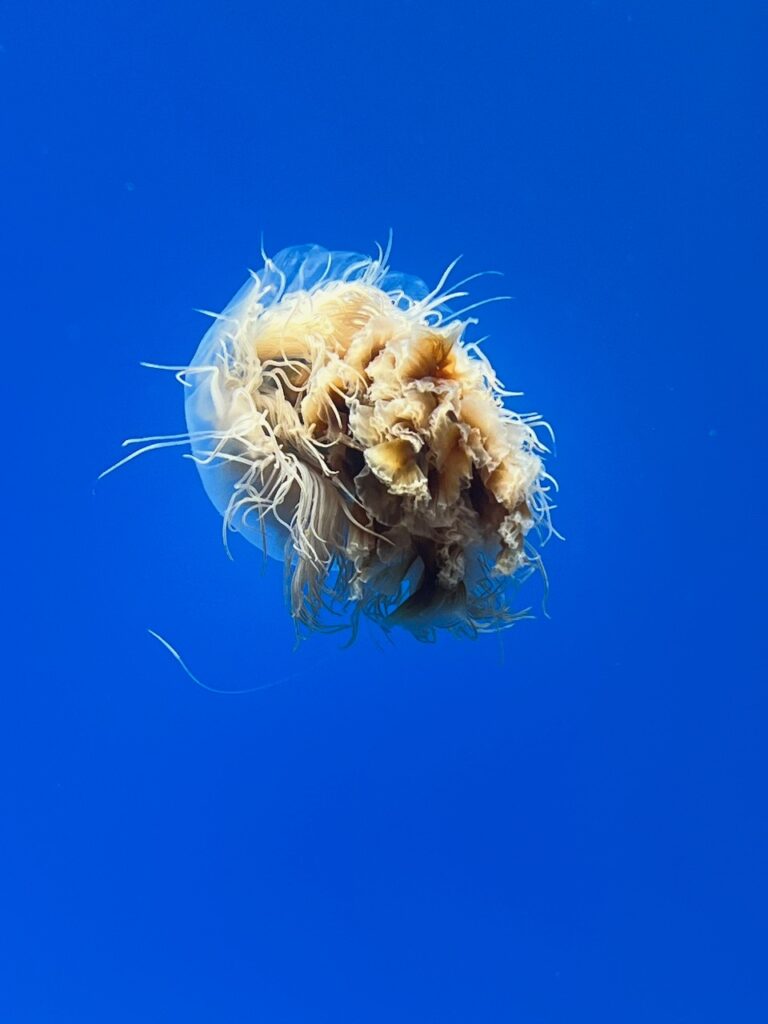


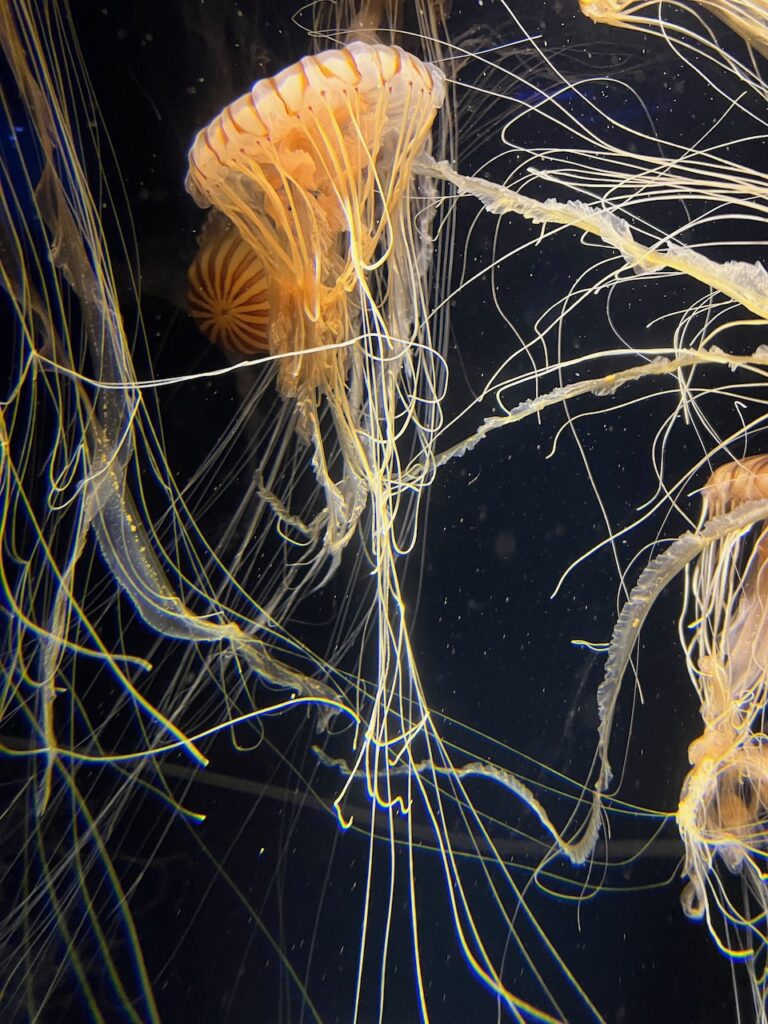

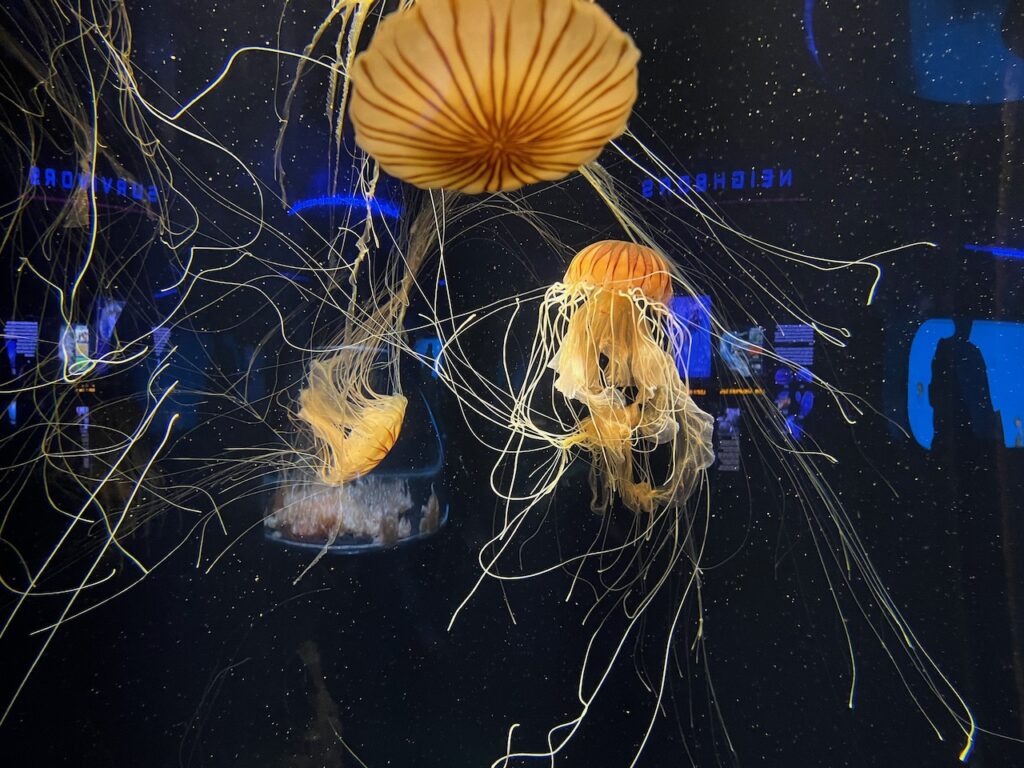
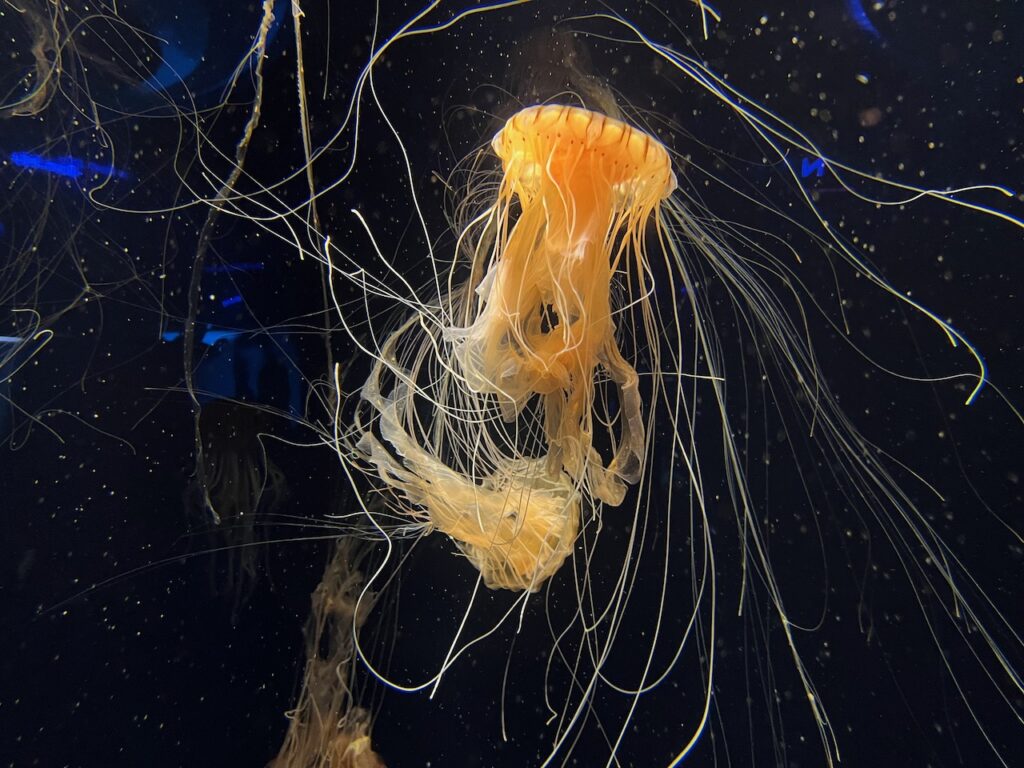
- Moving On (and up)…
Good-bye Crab Country… we will be back.

